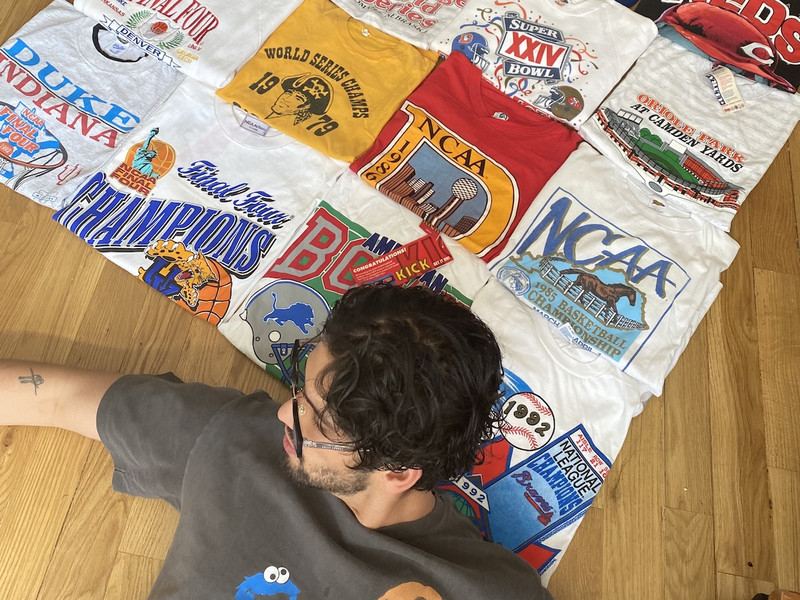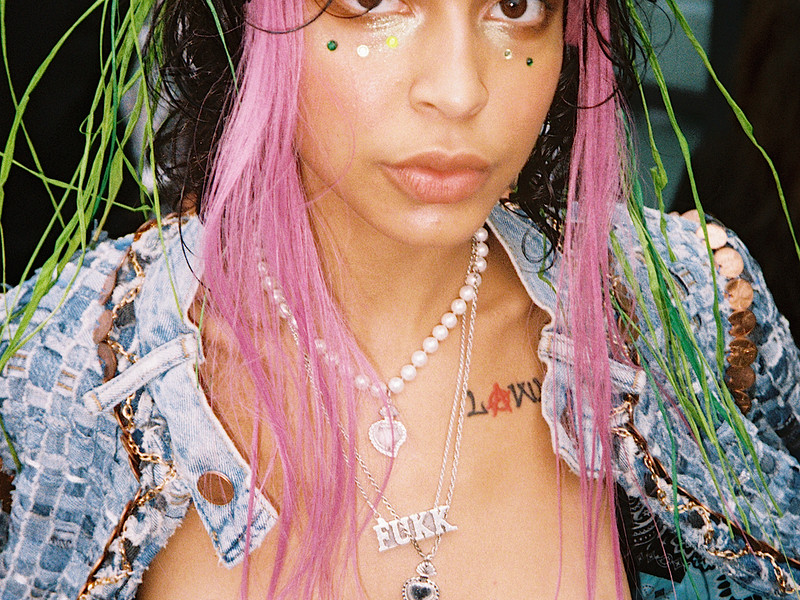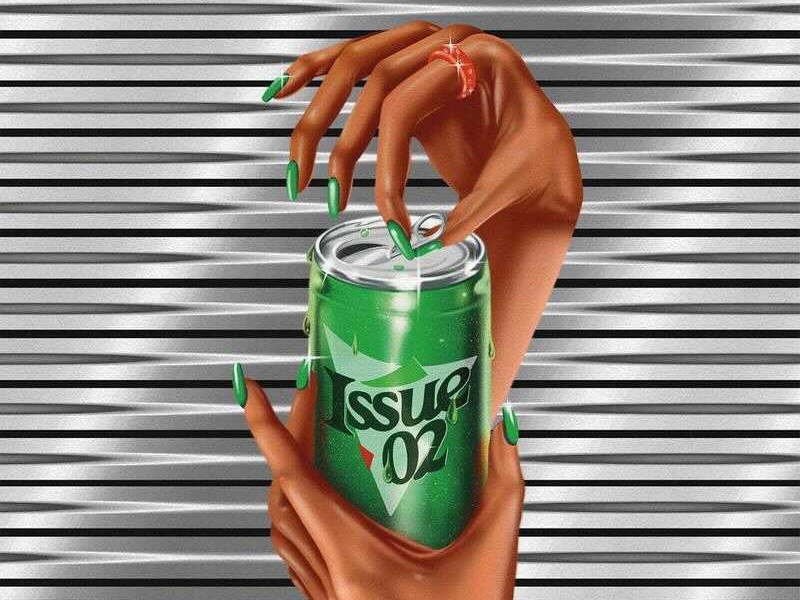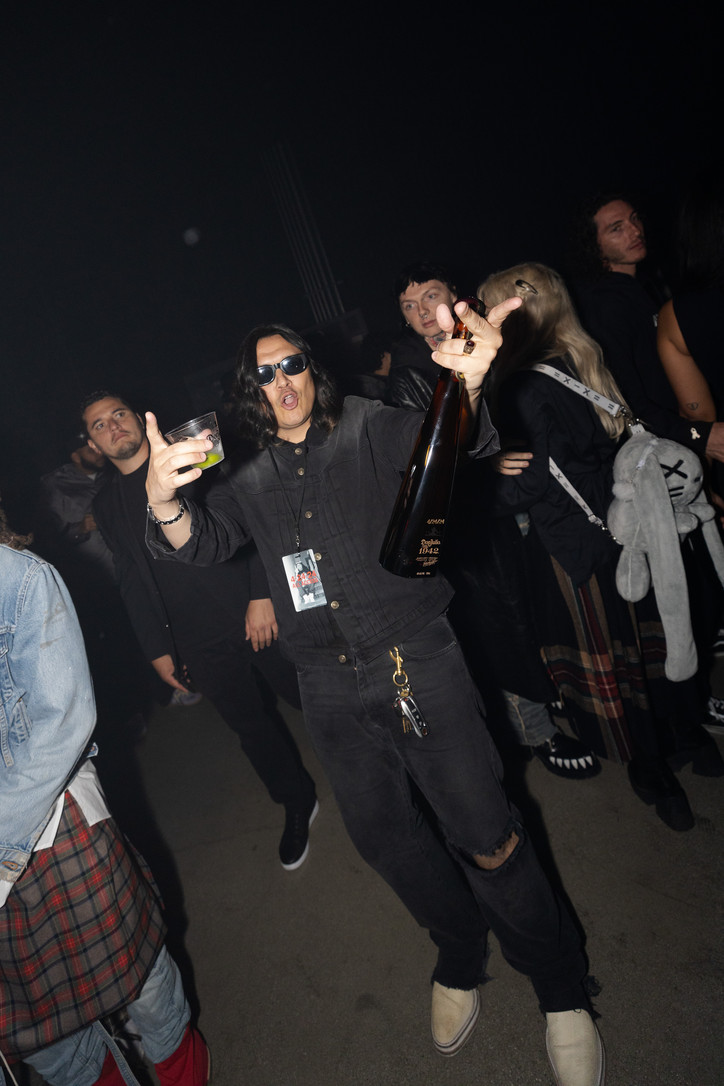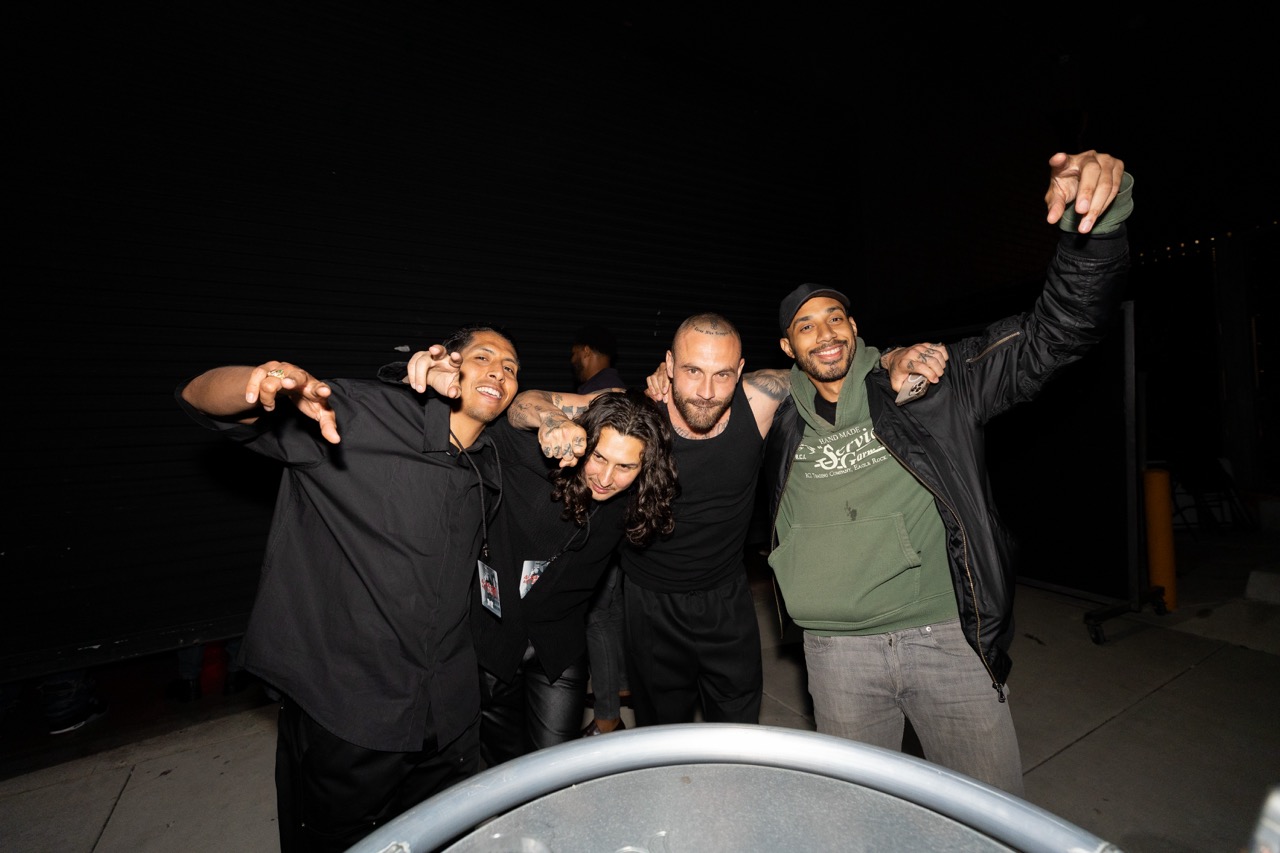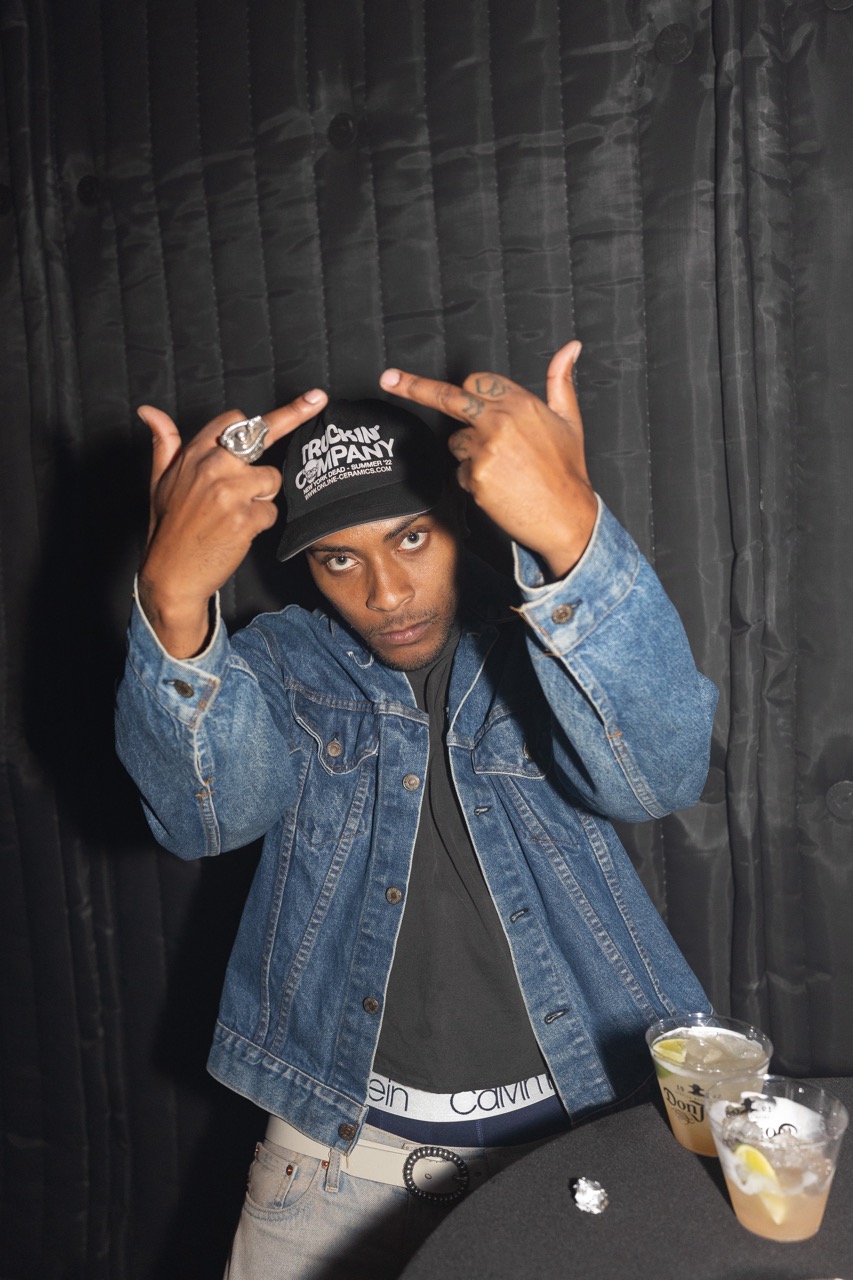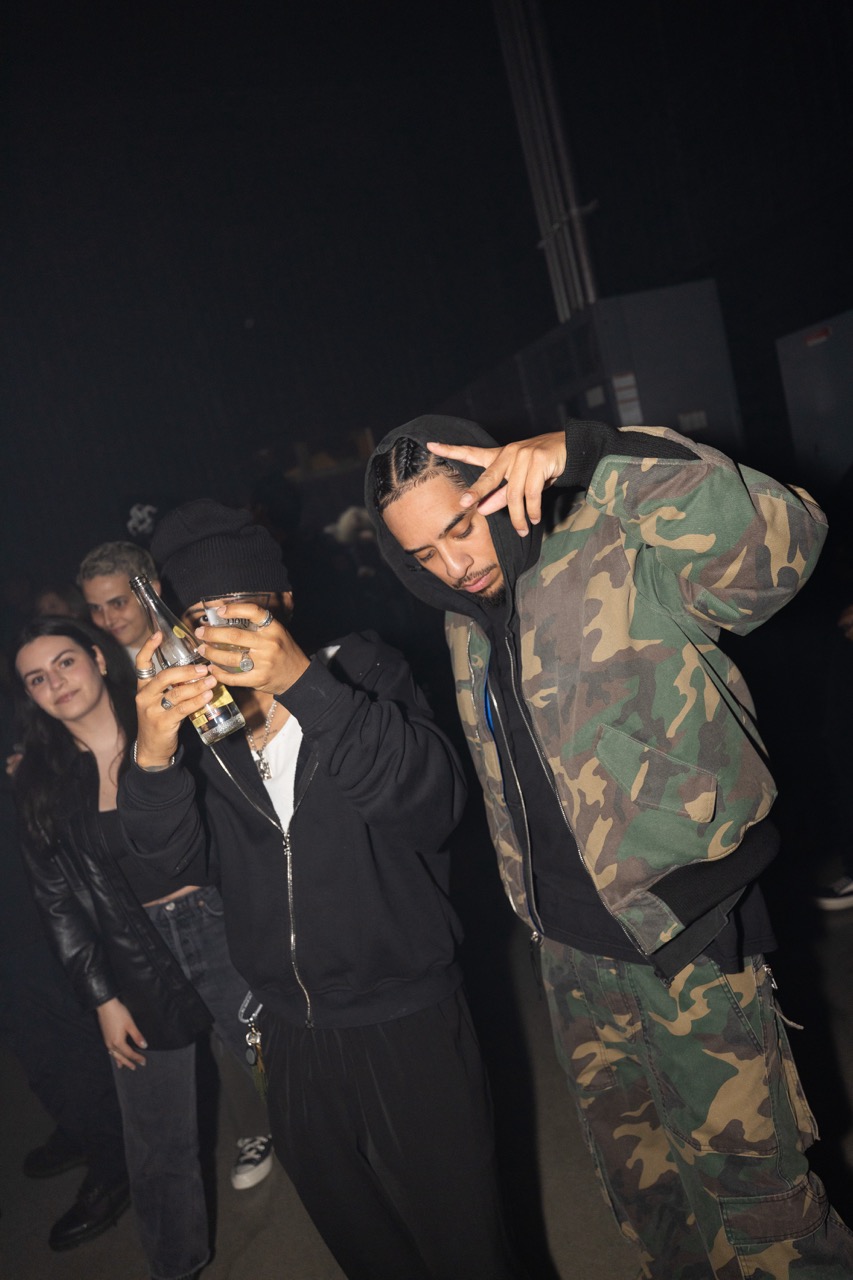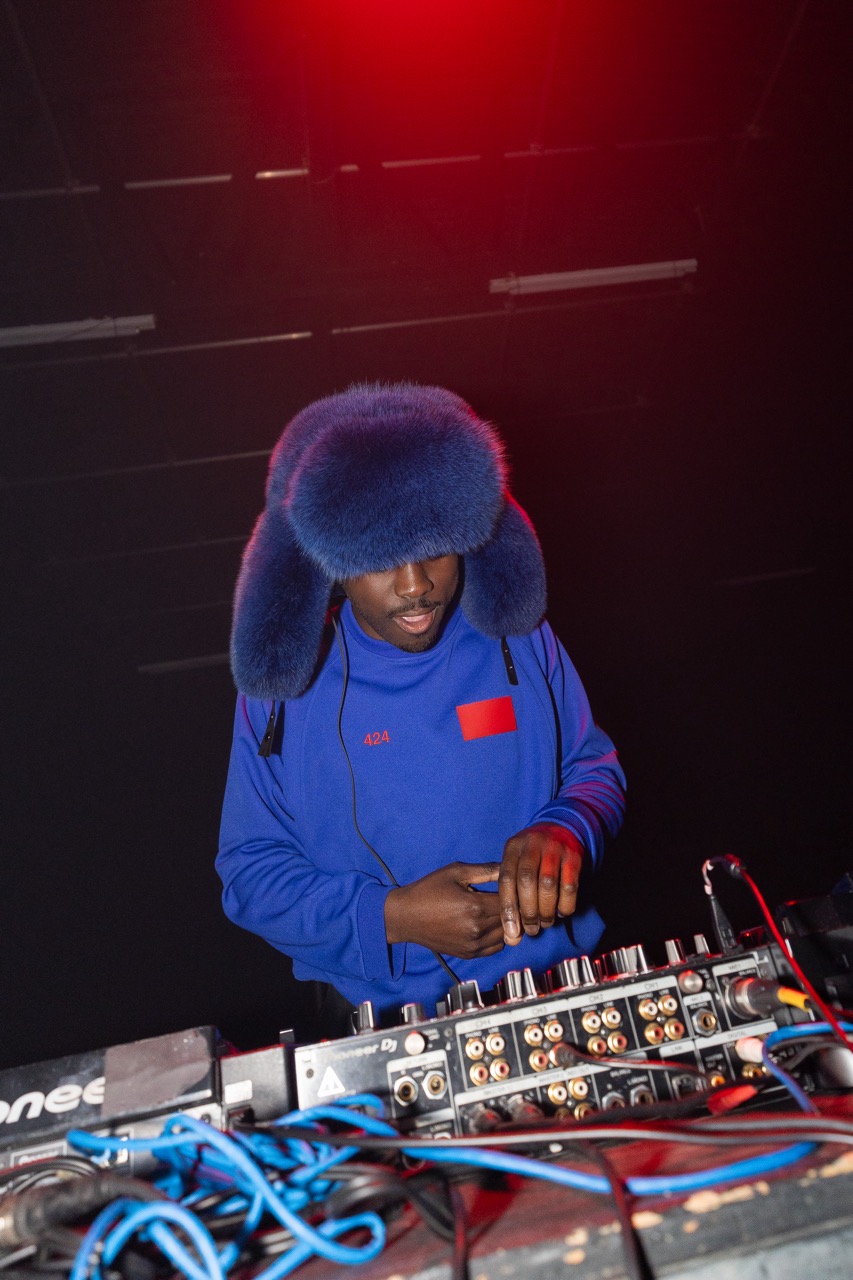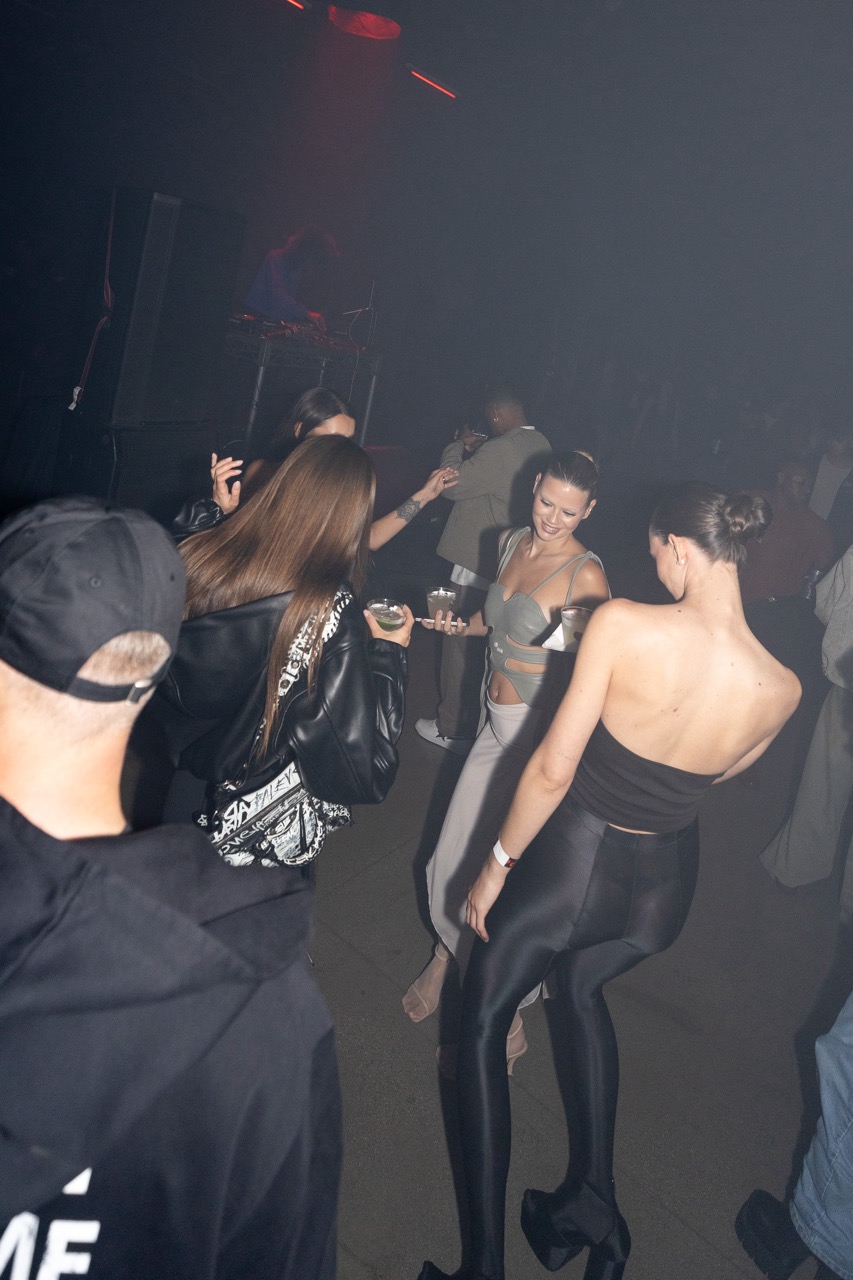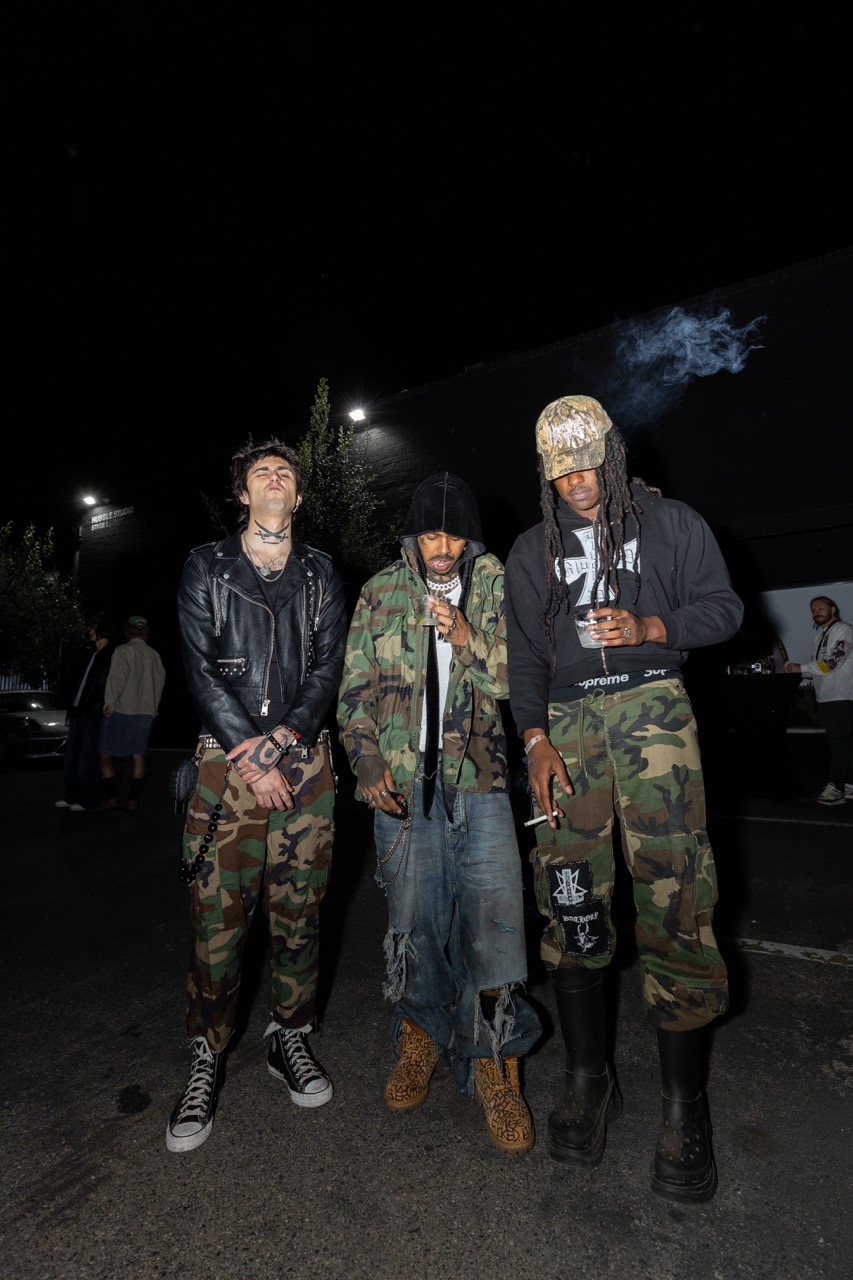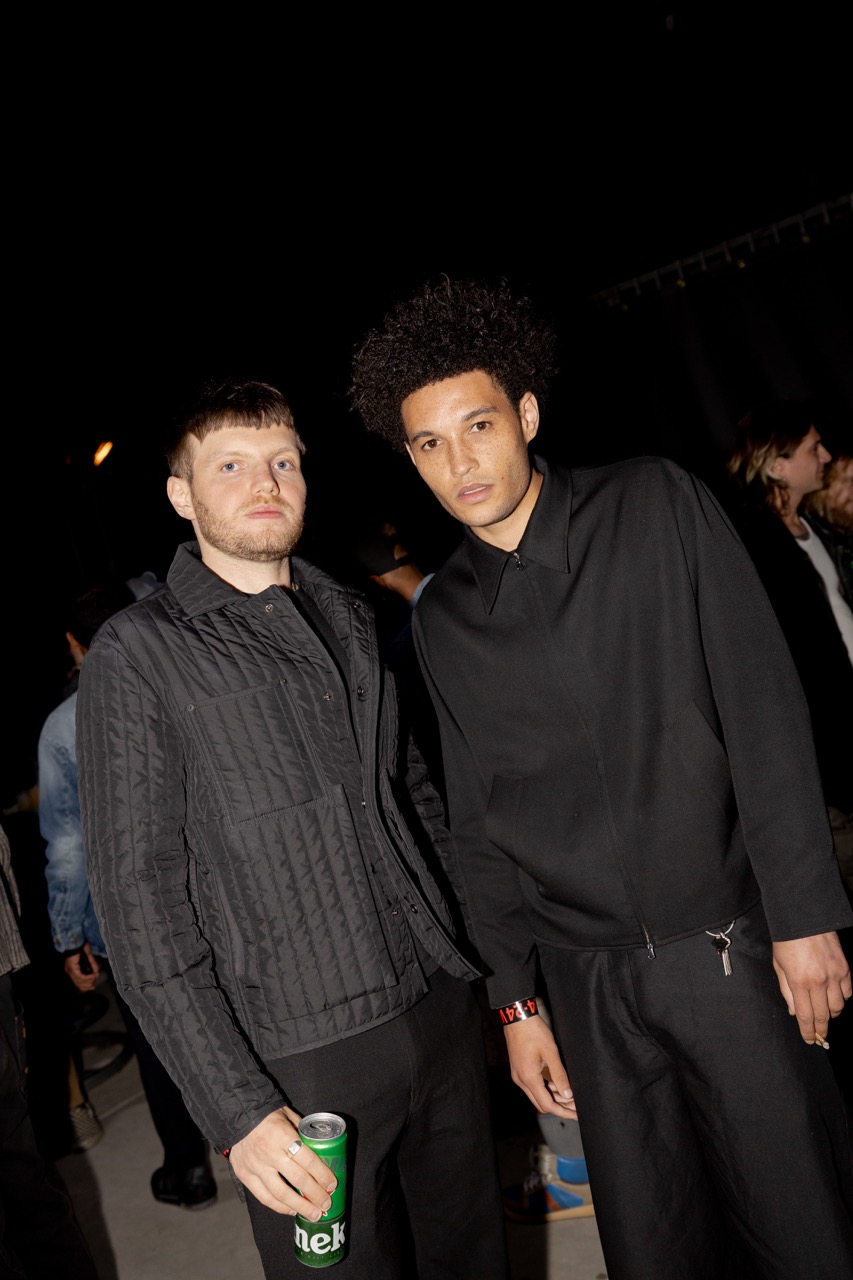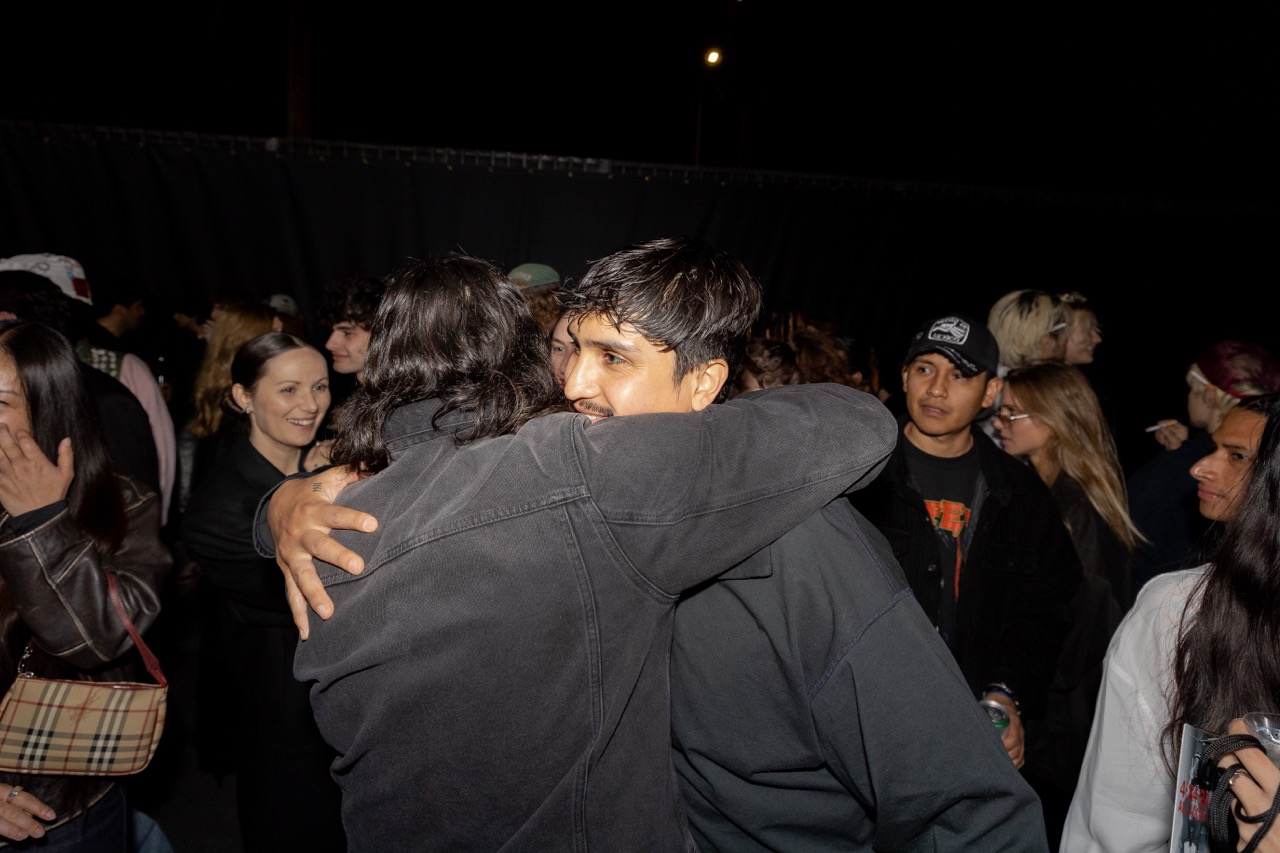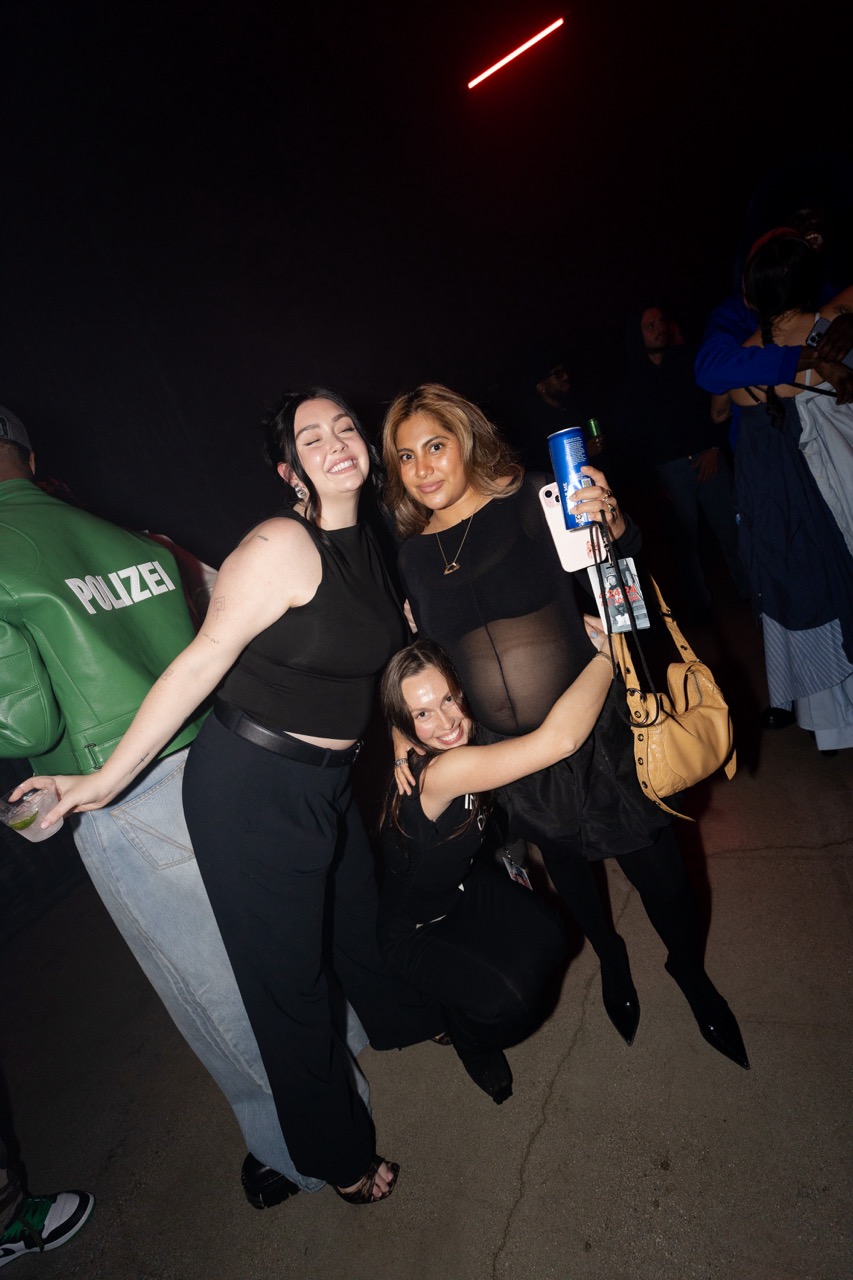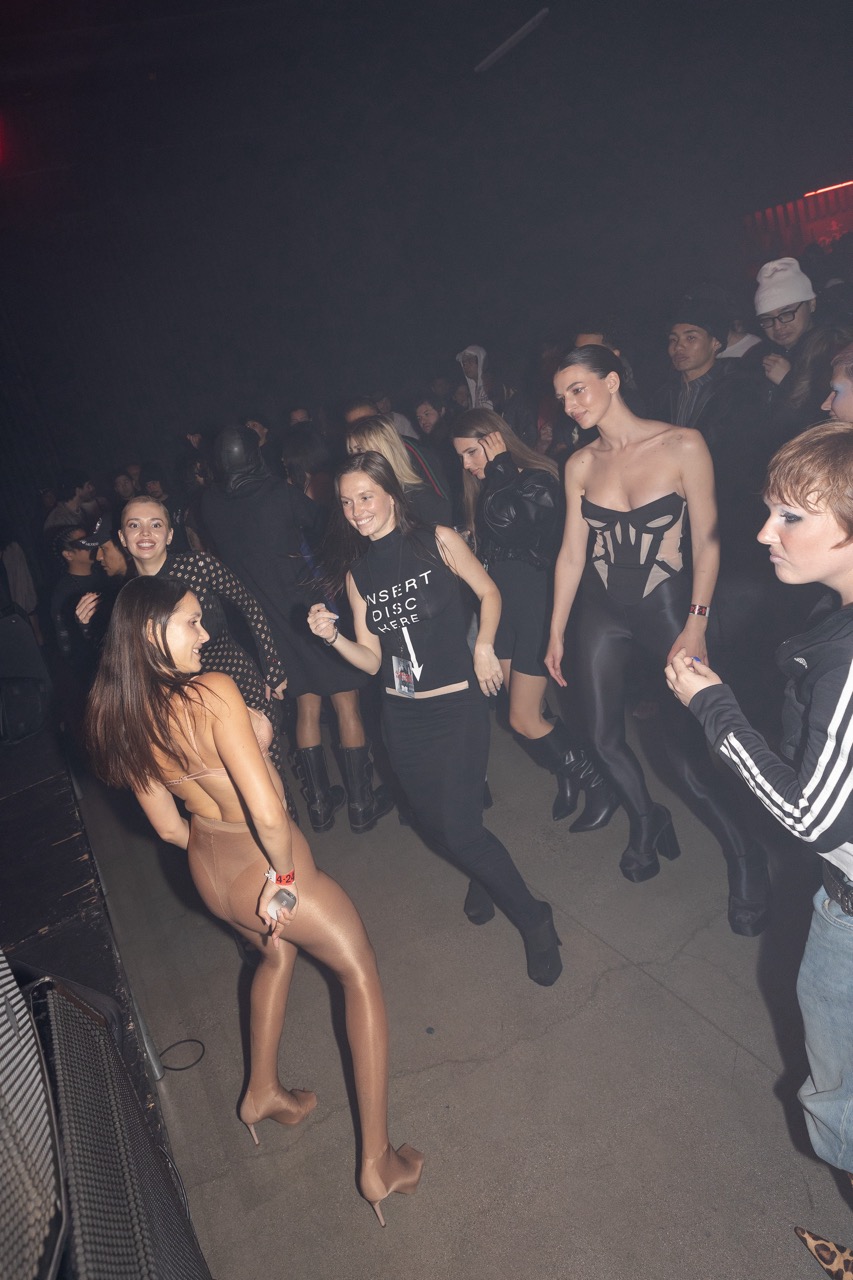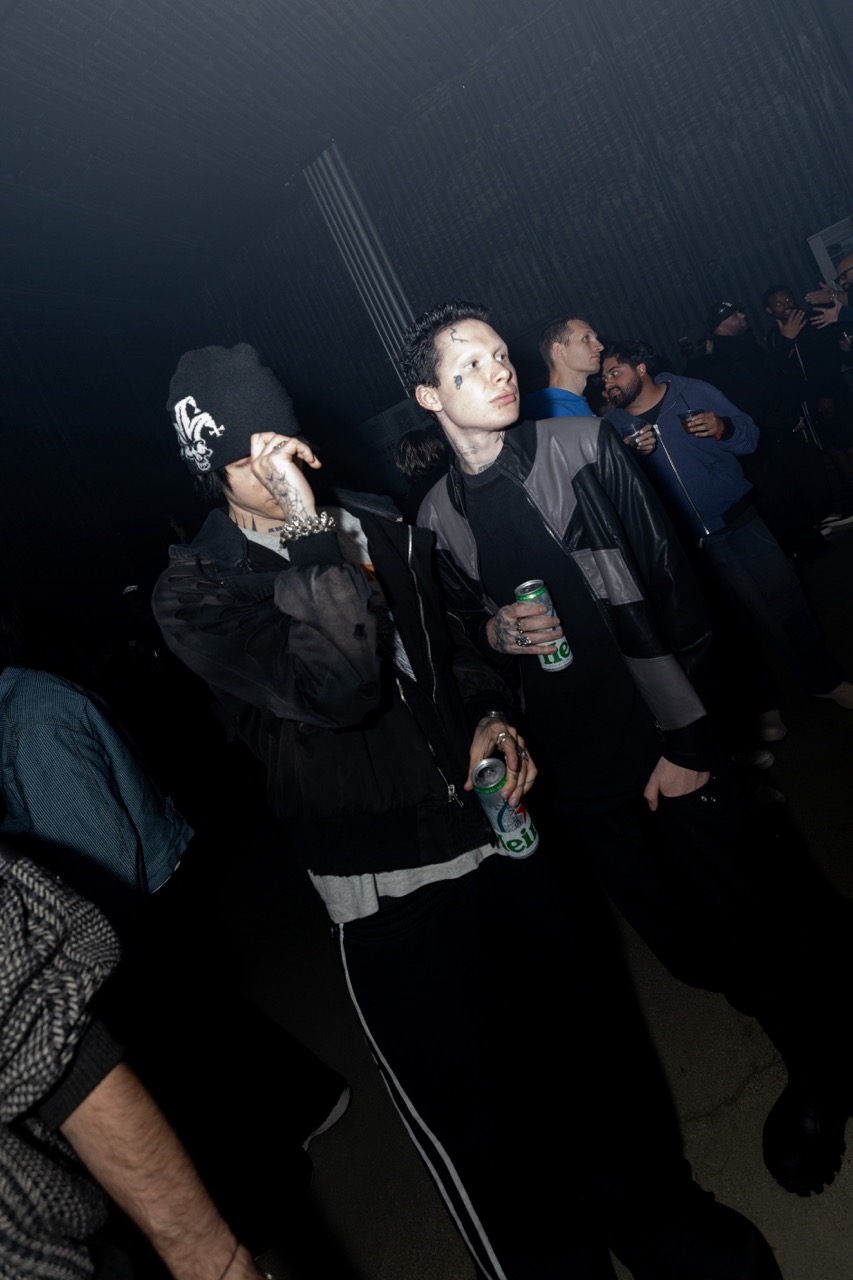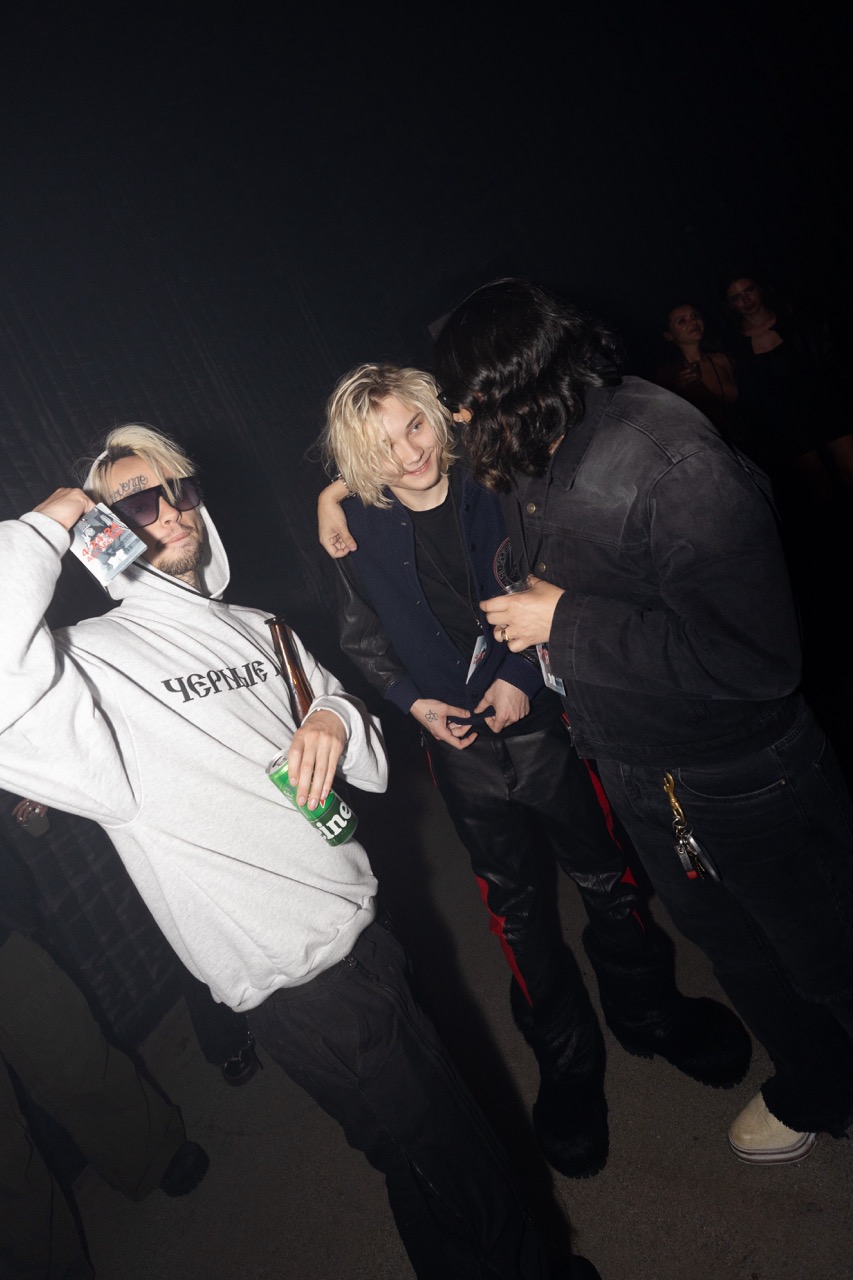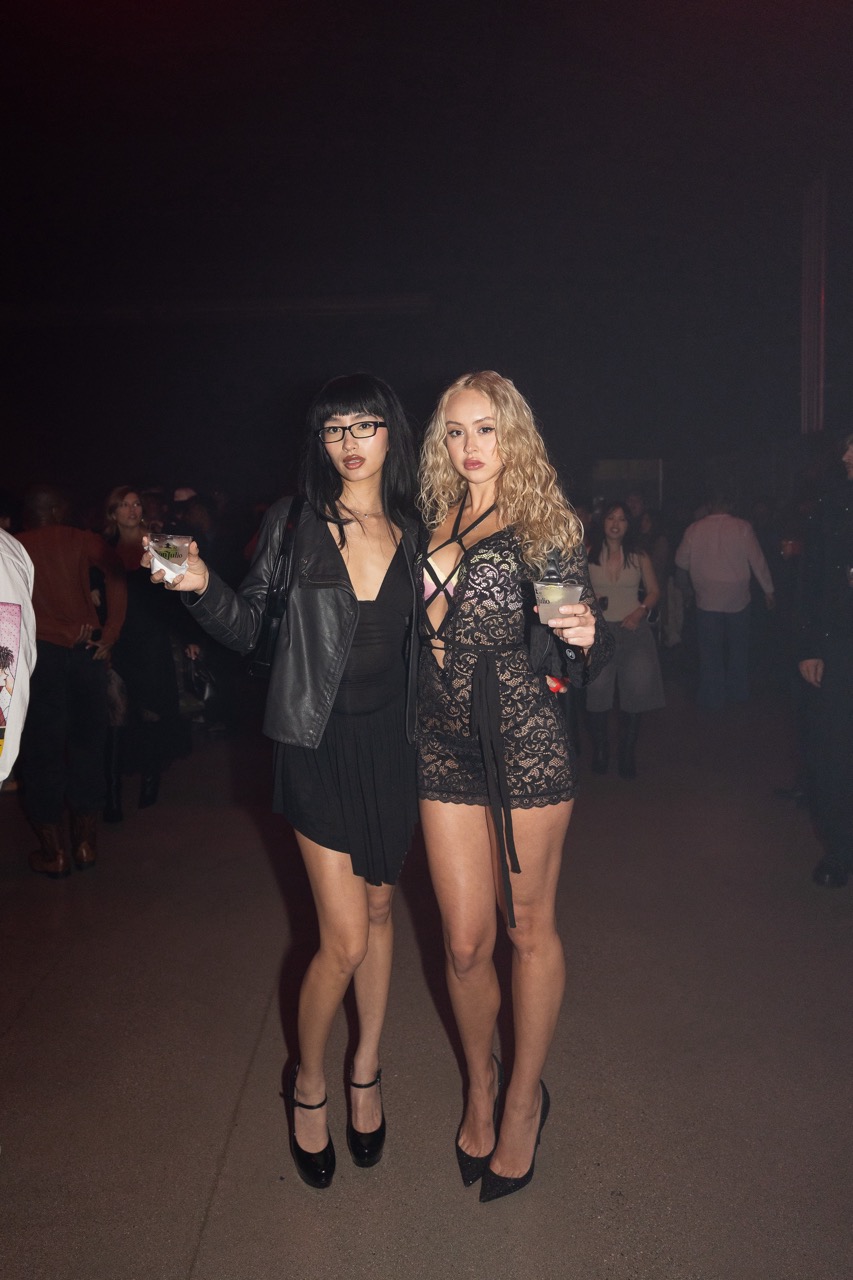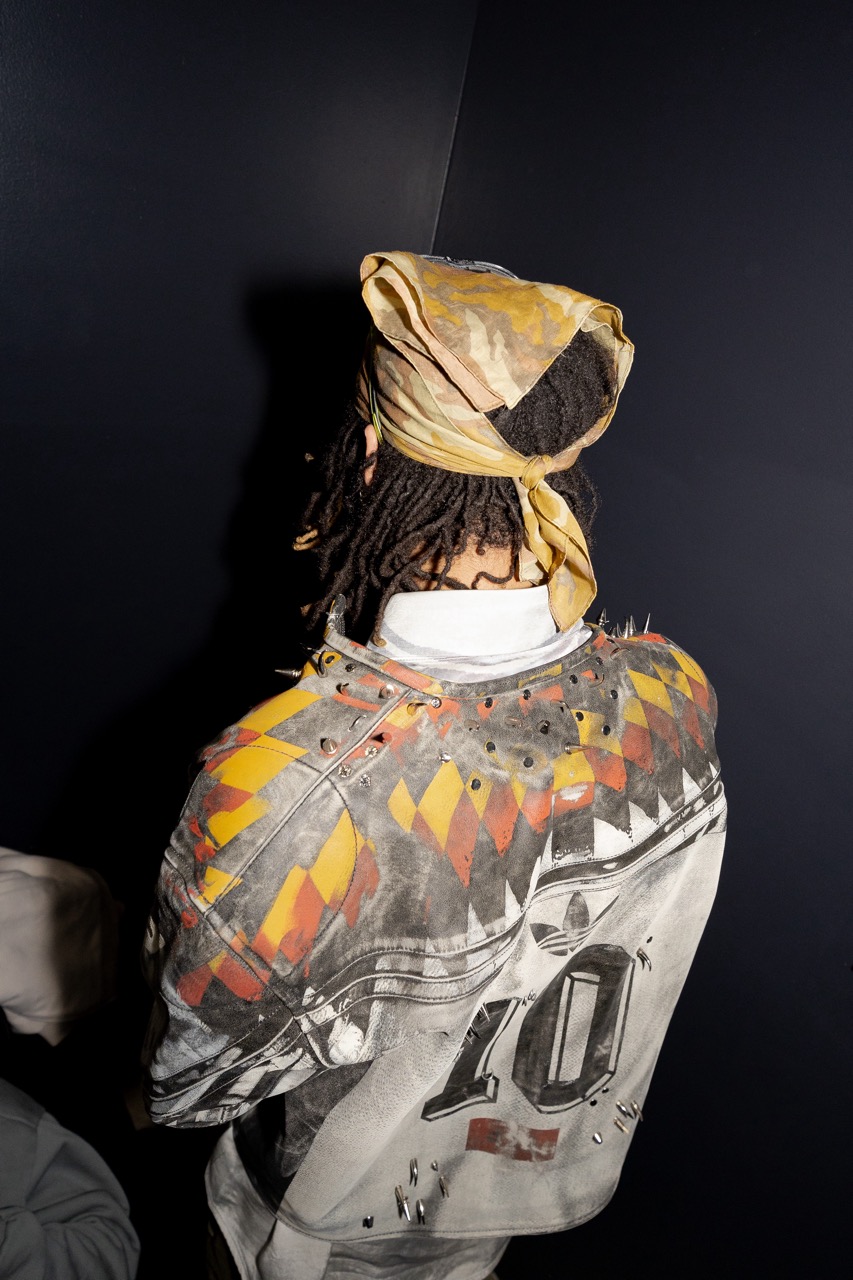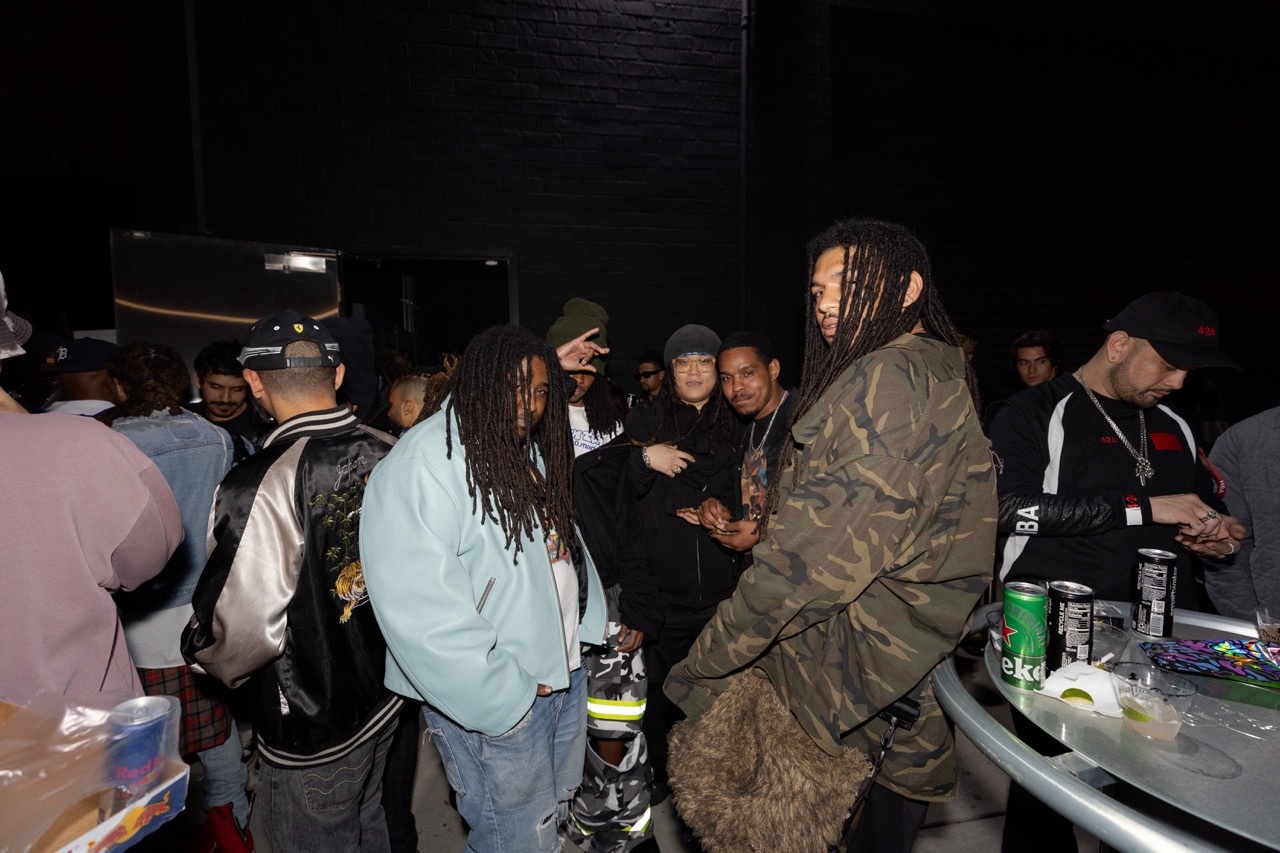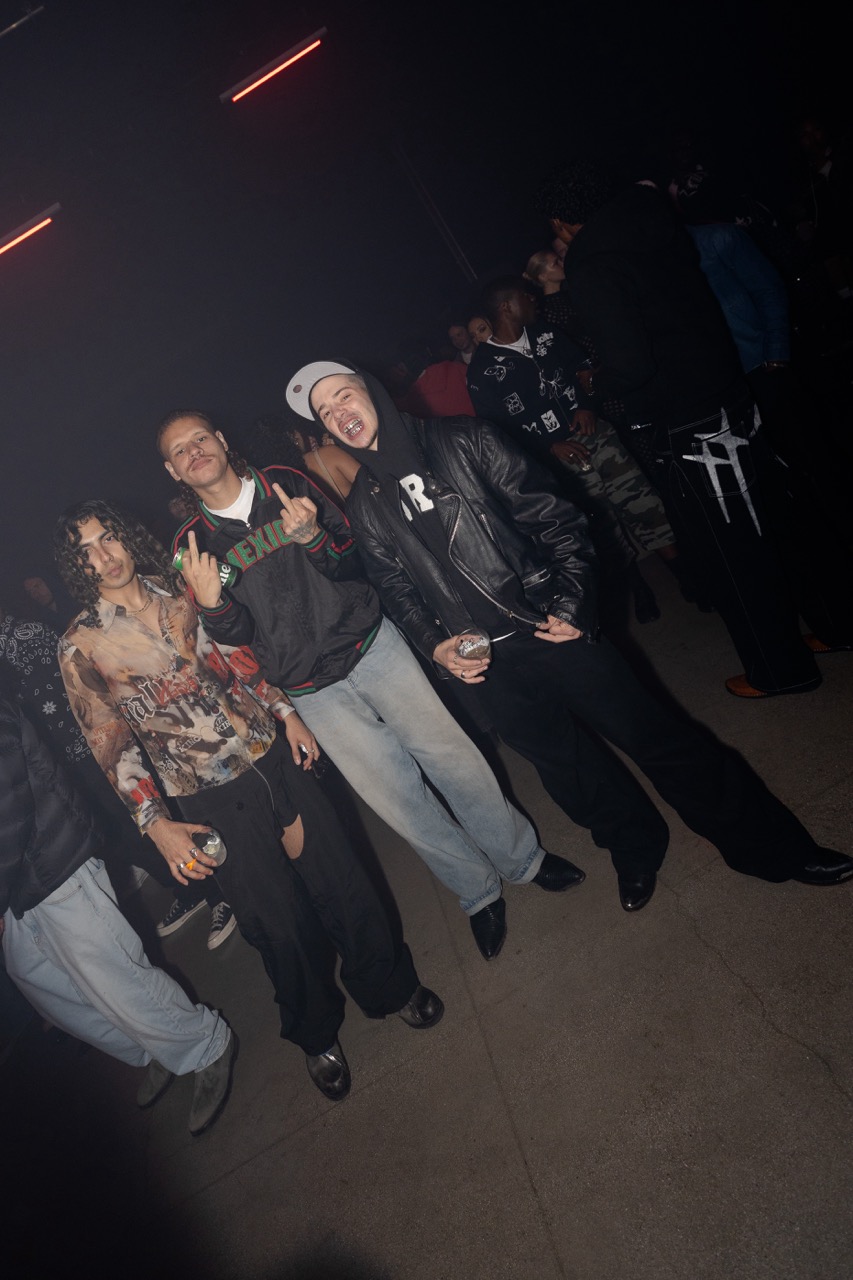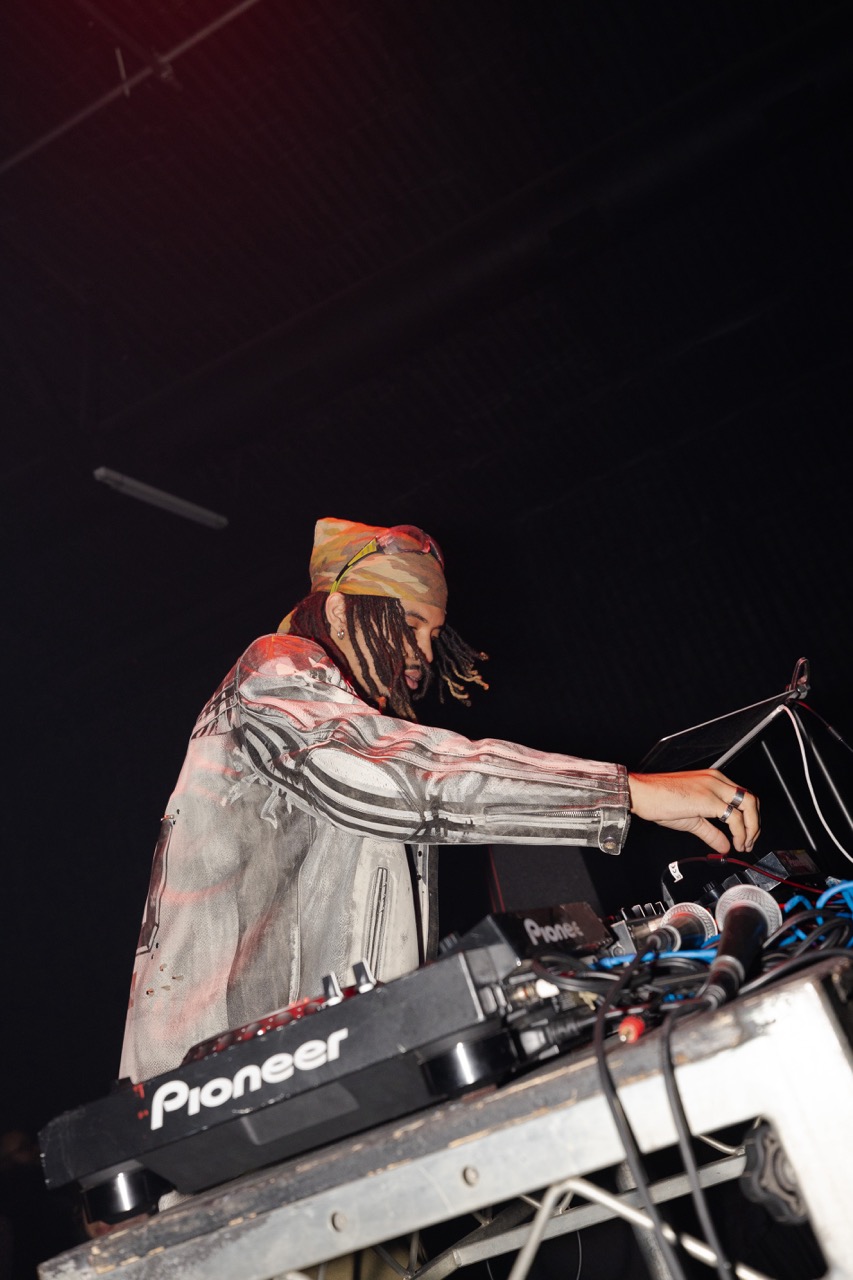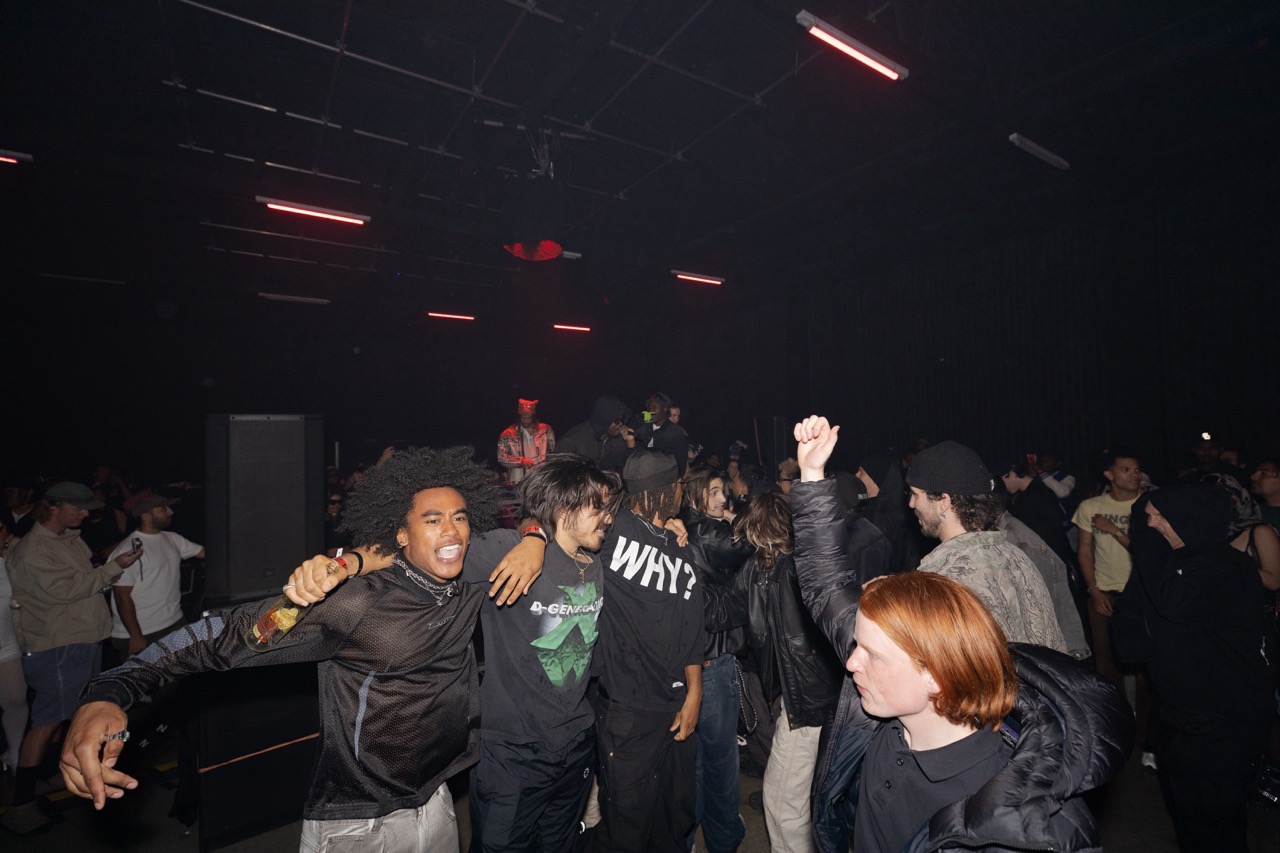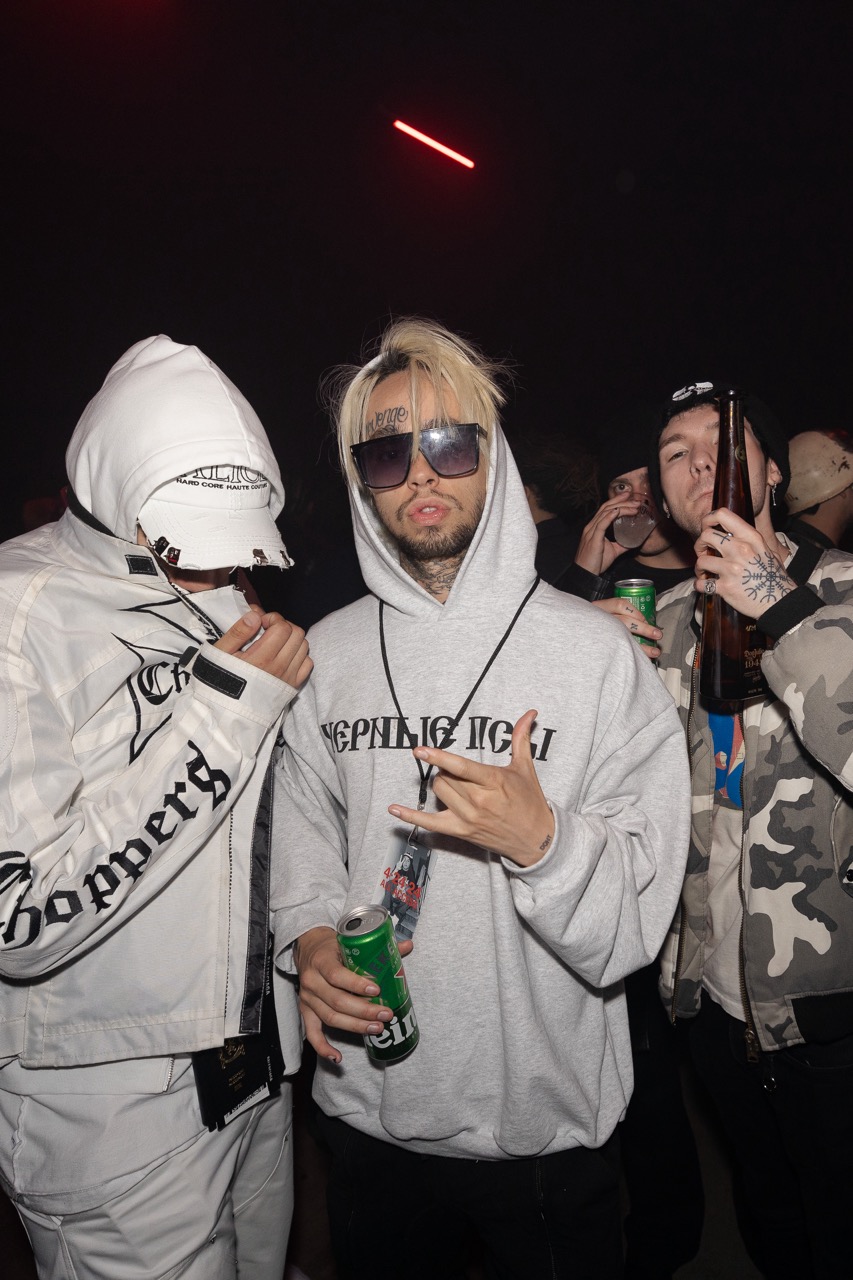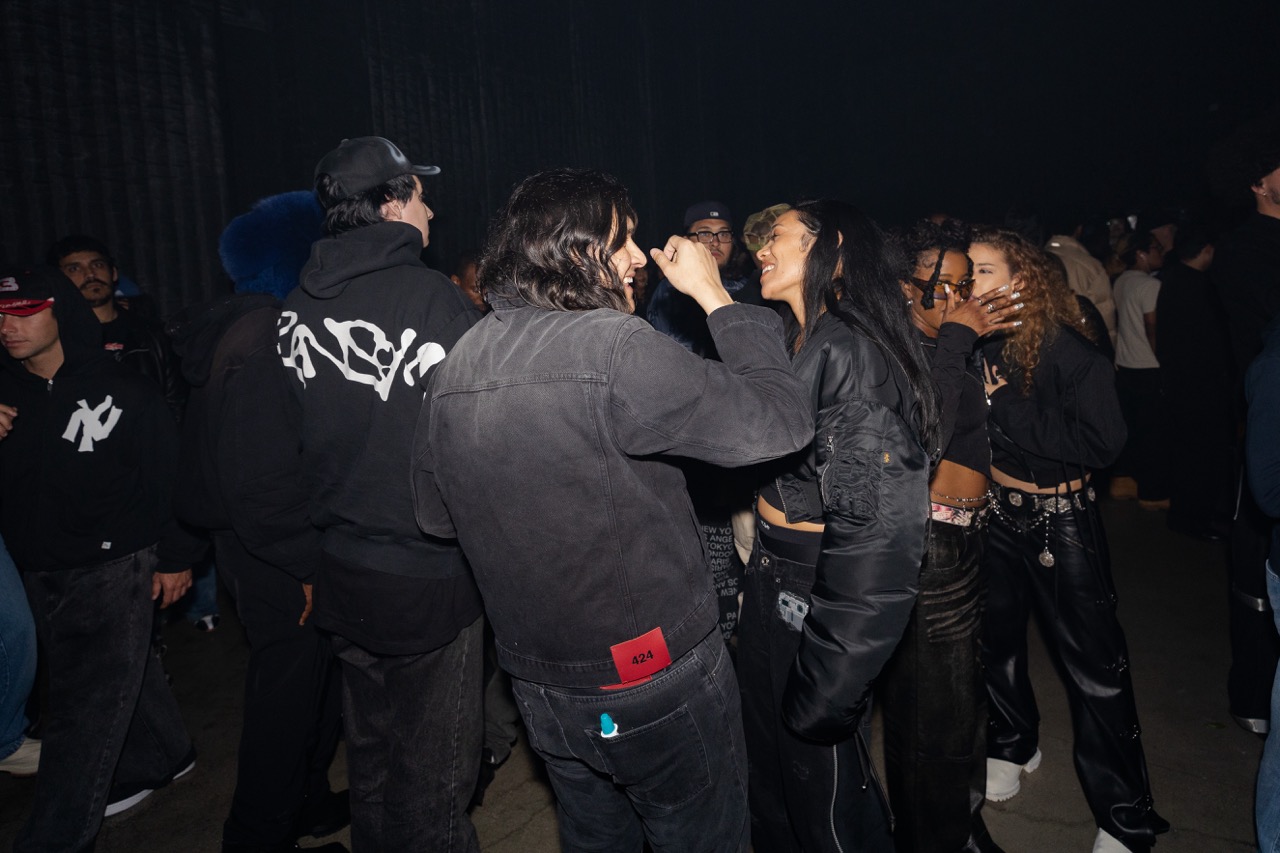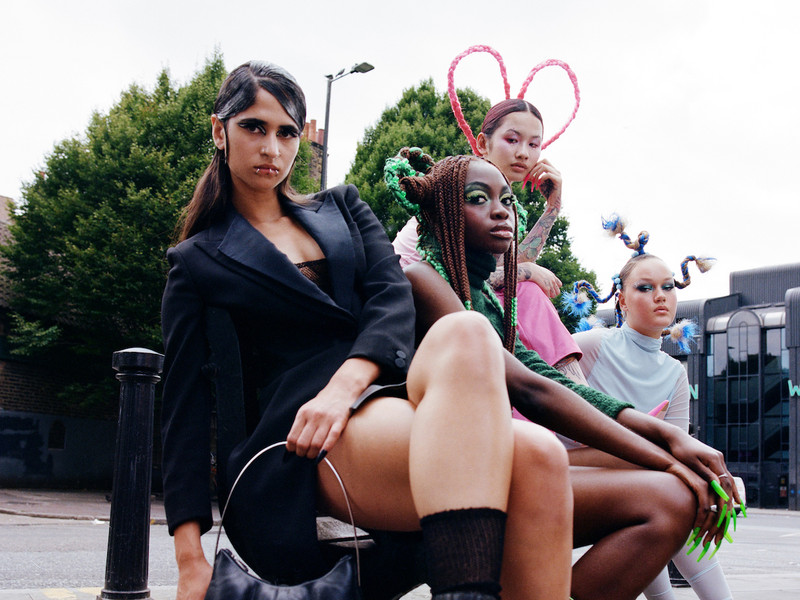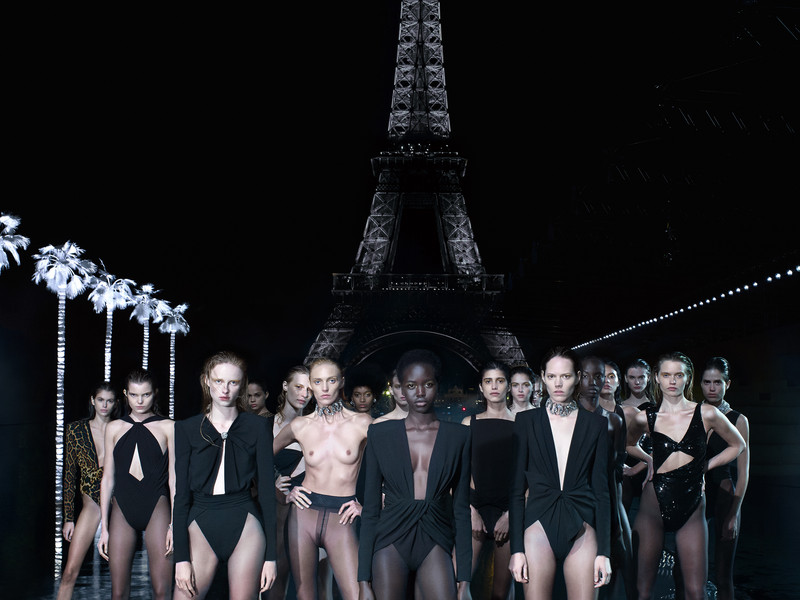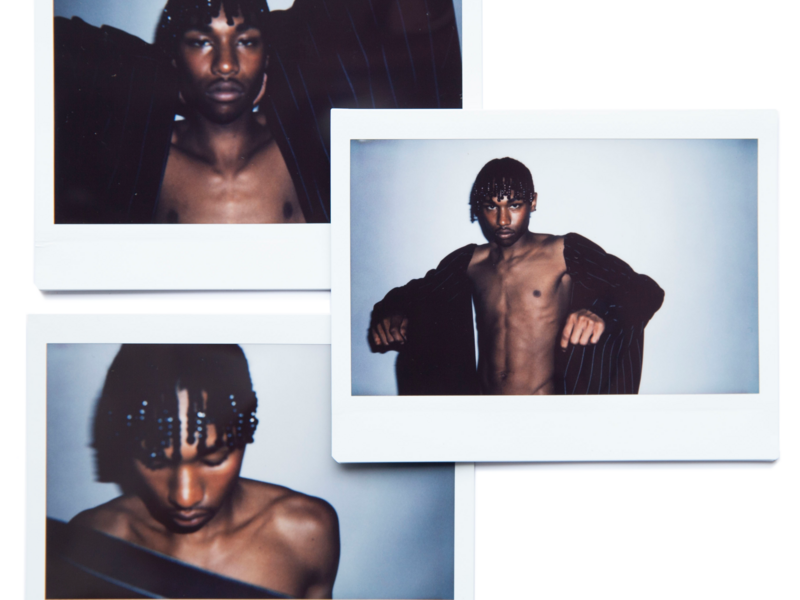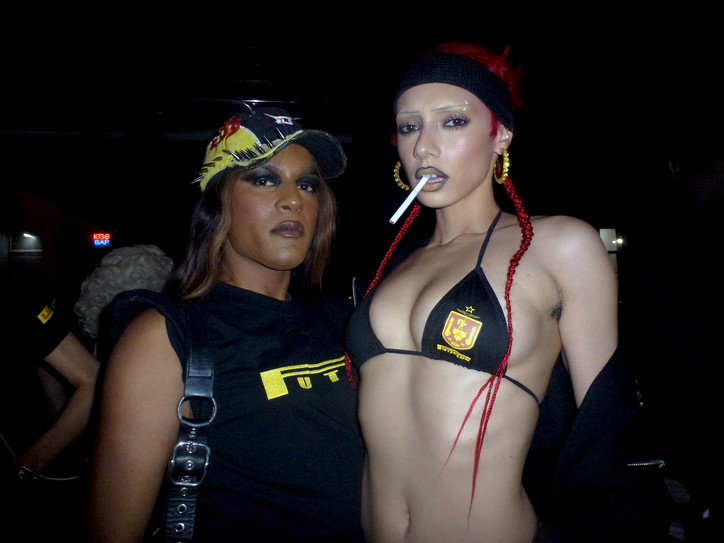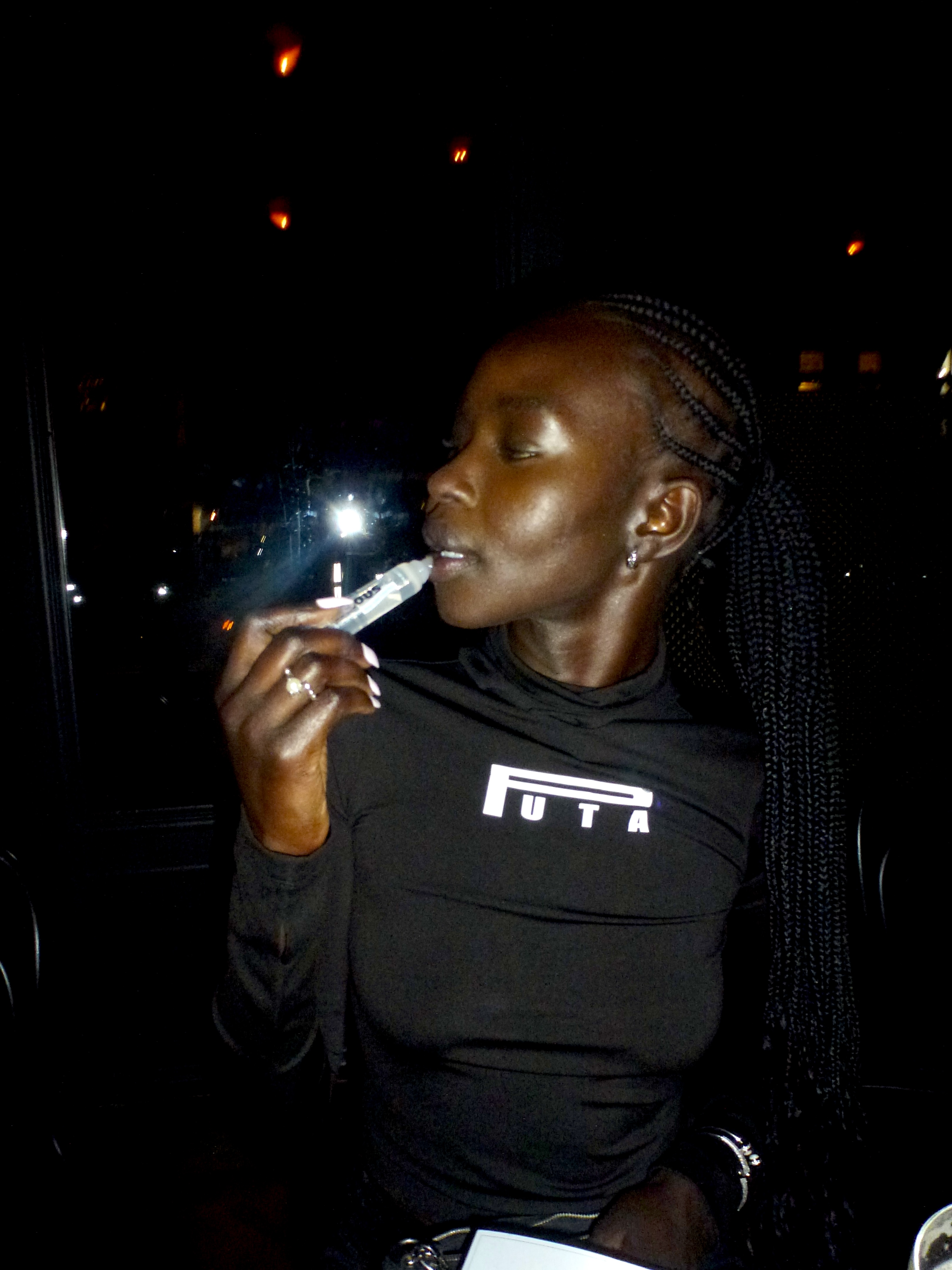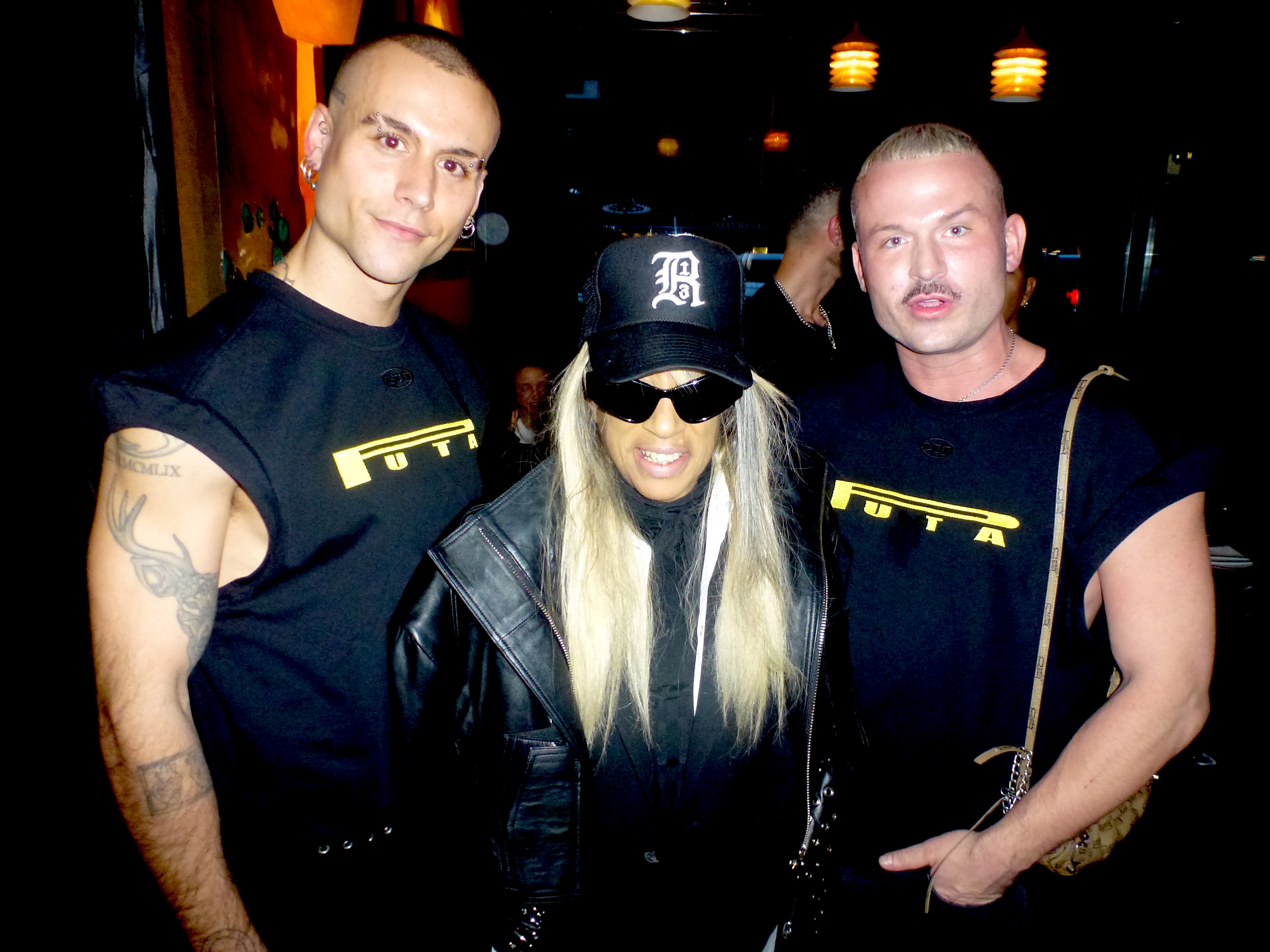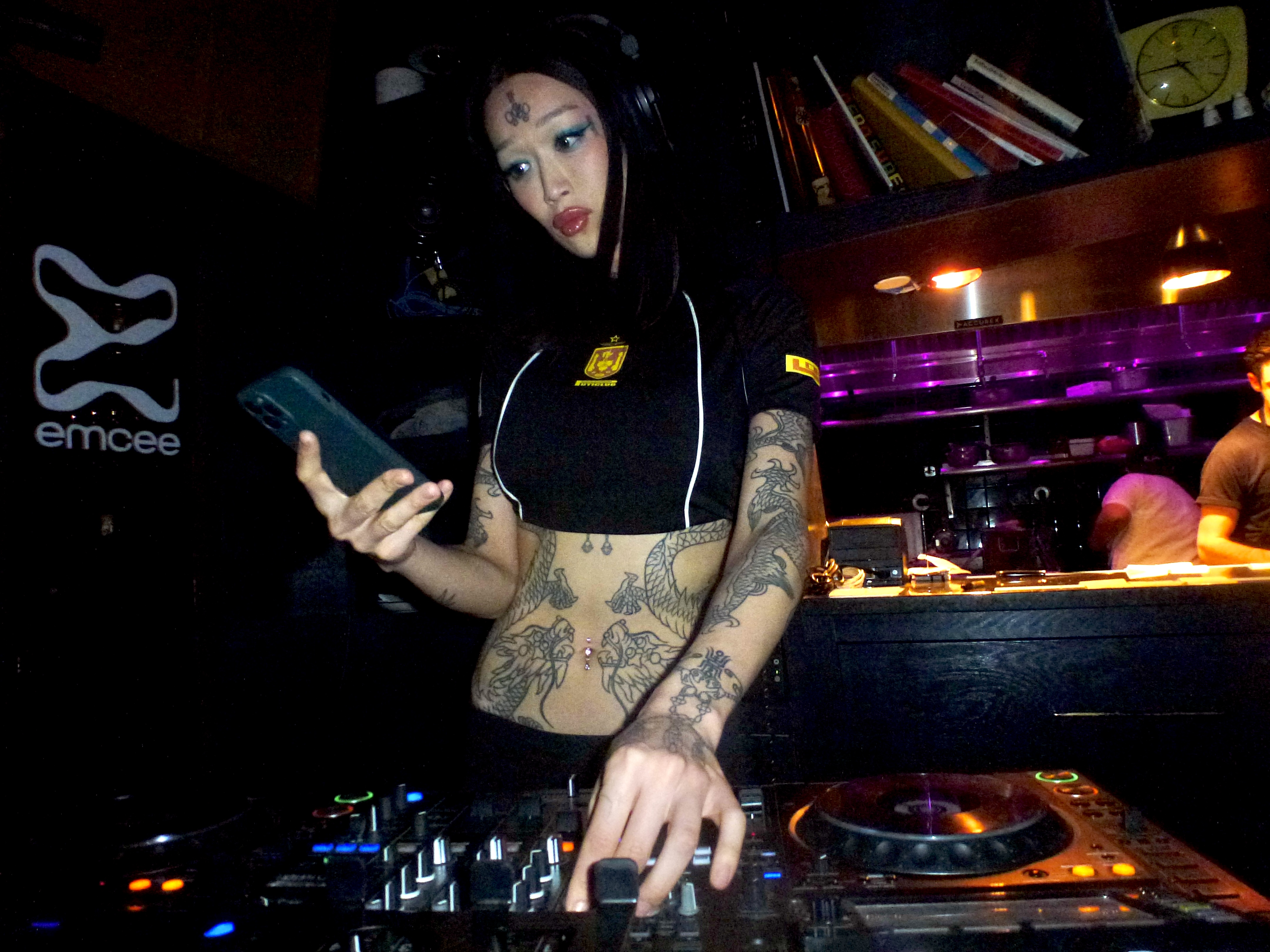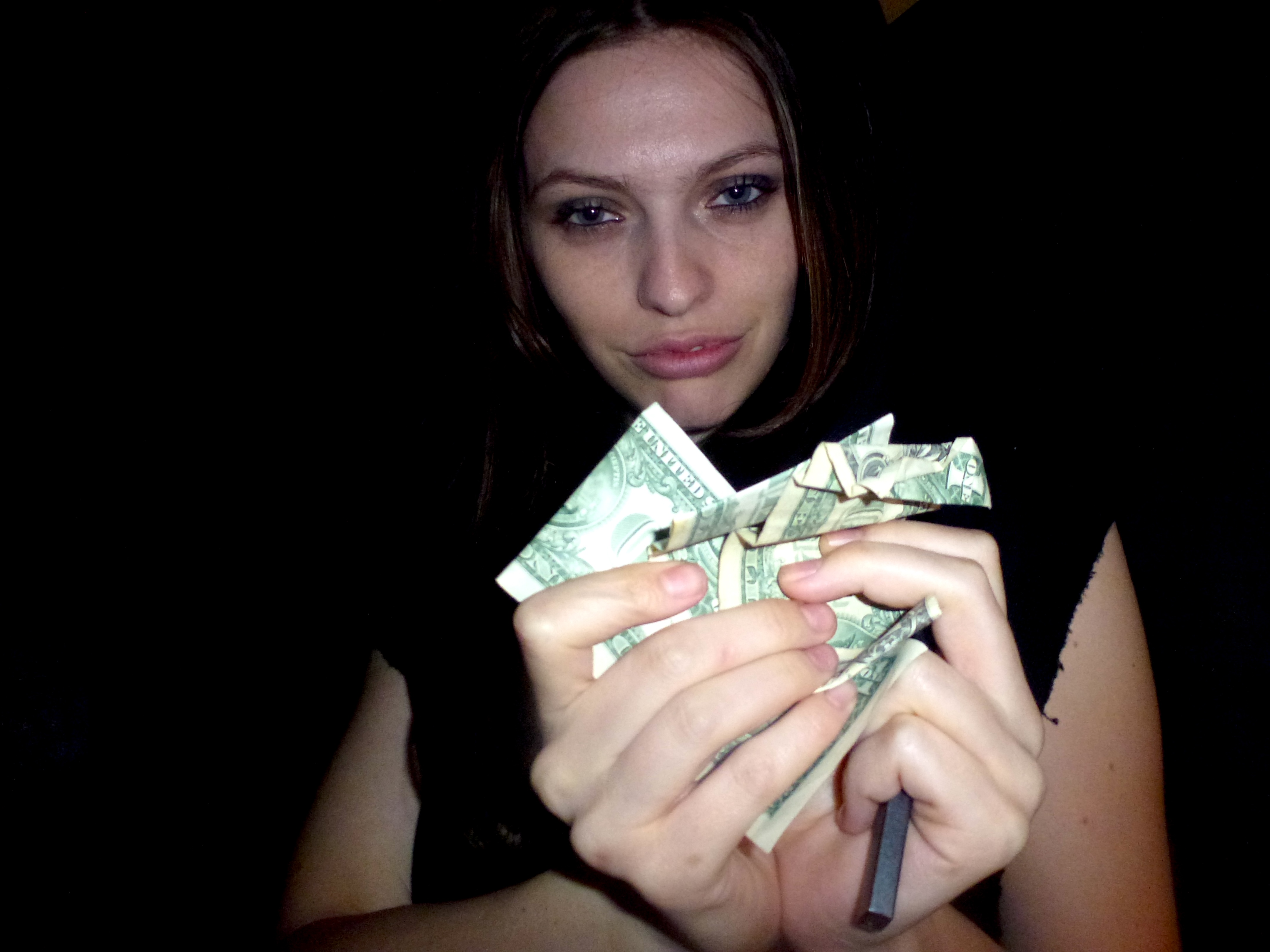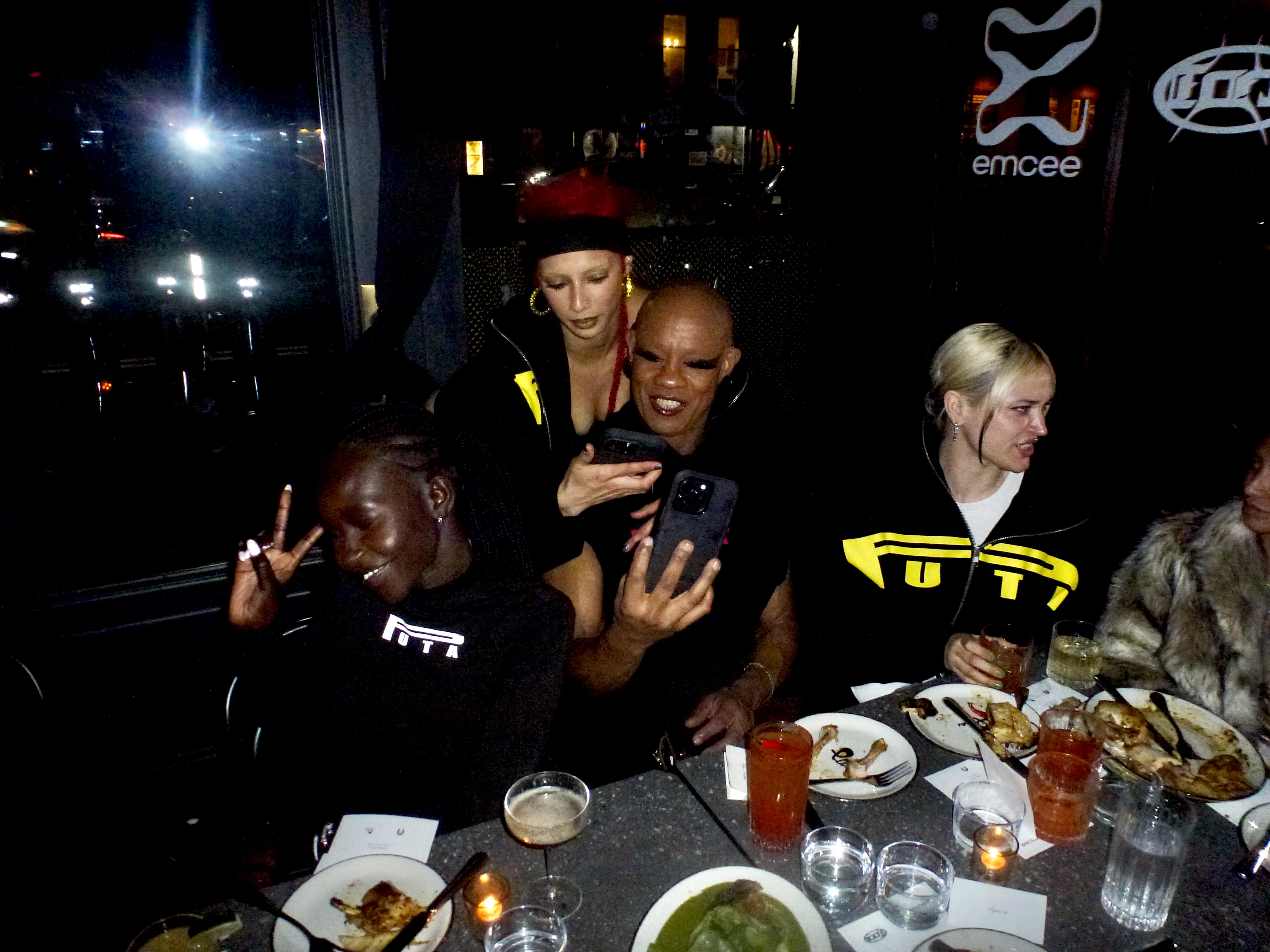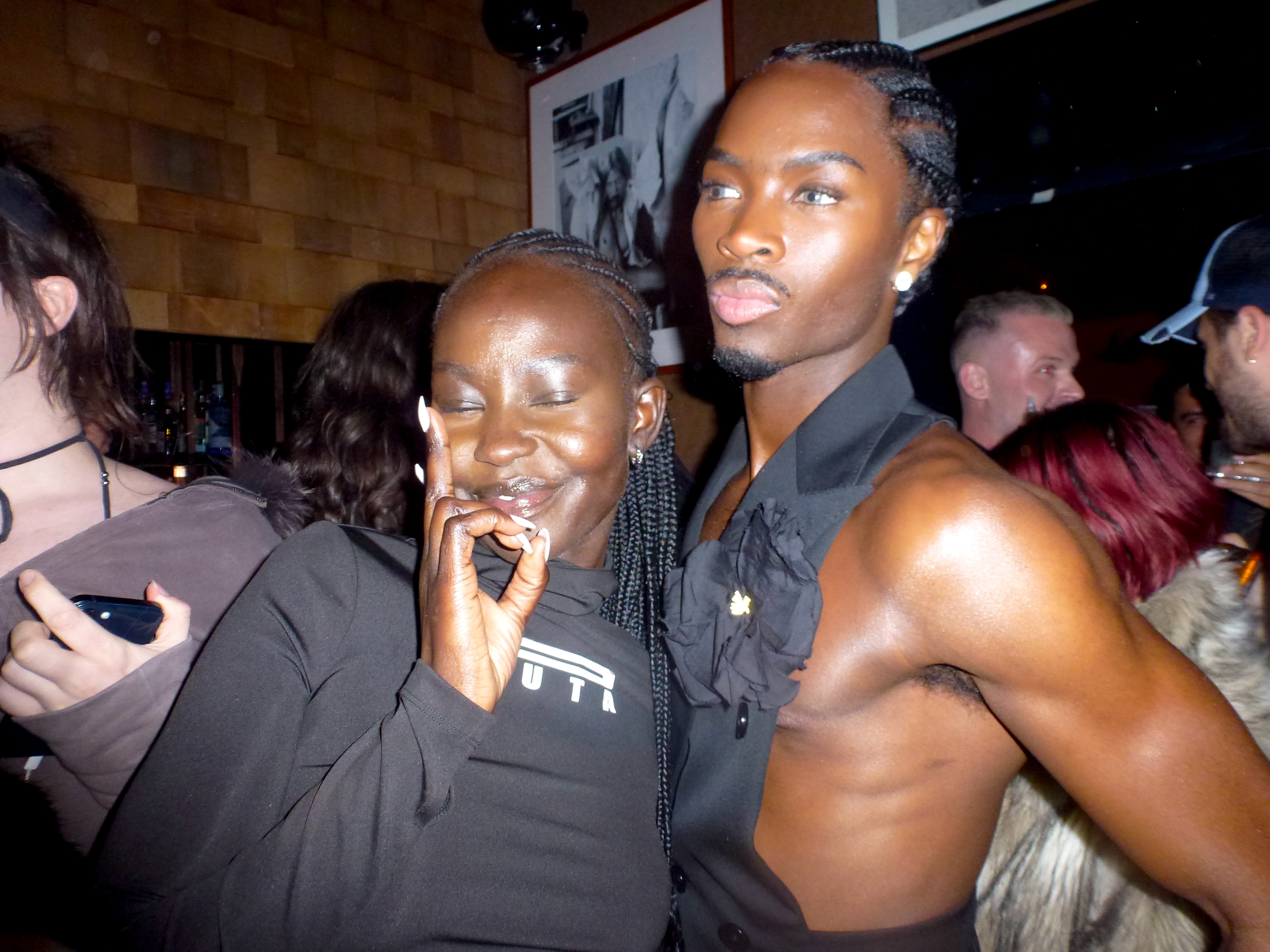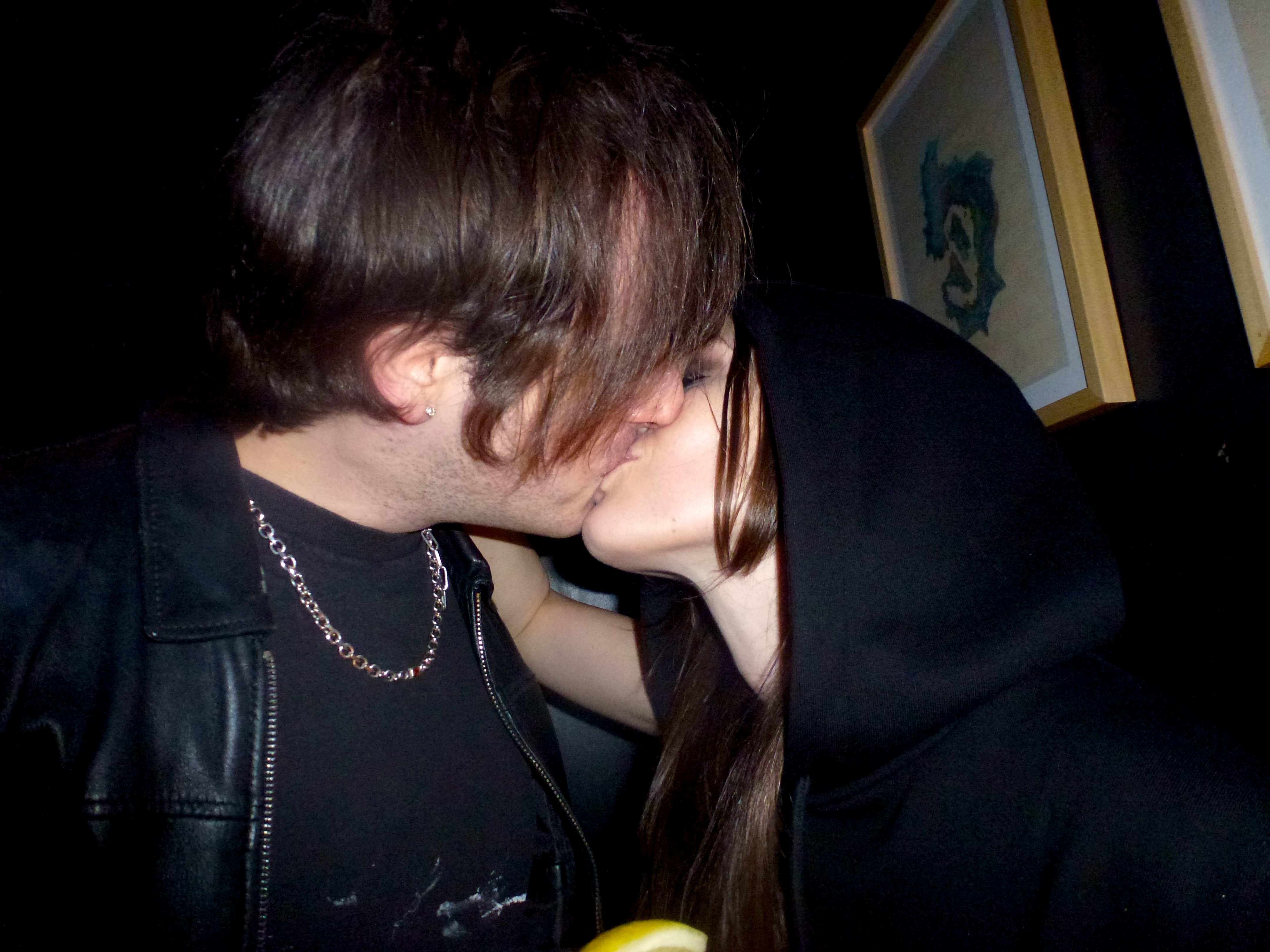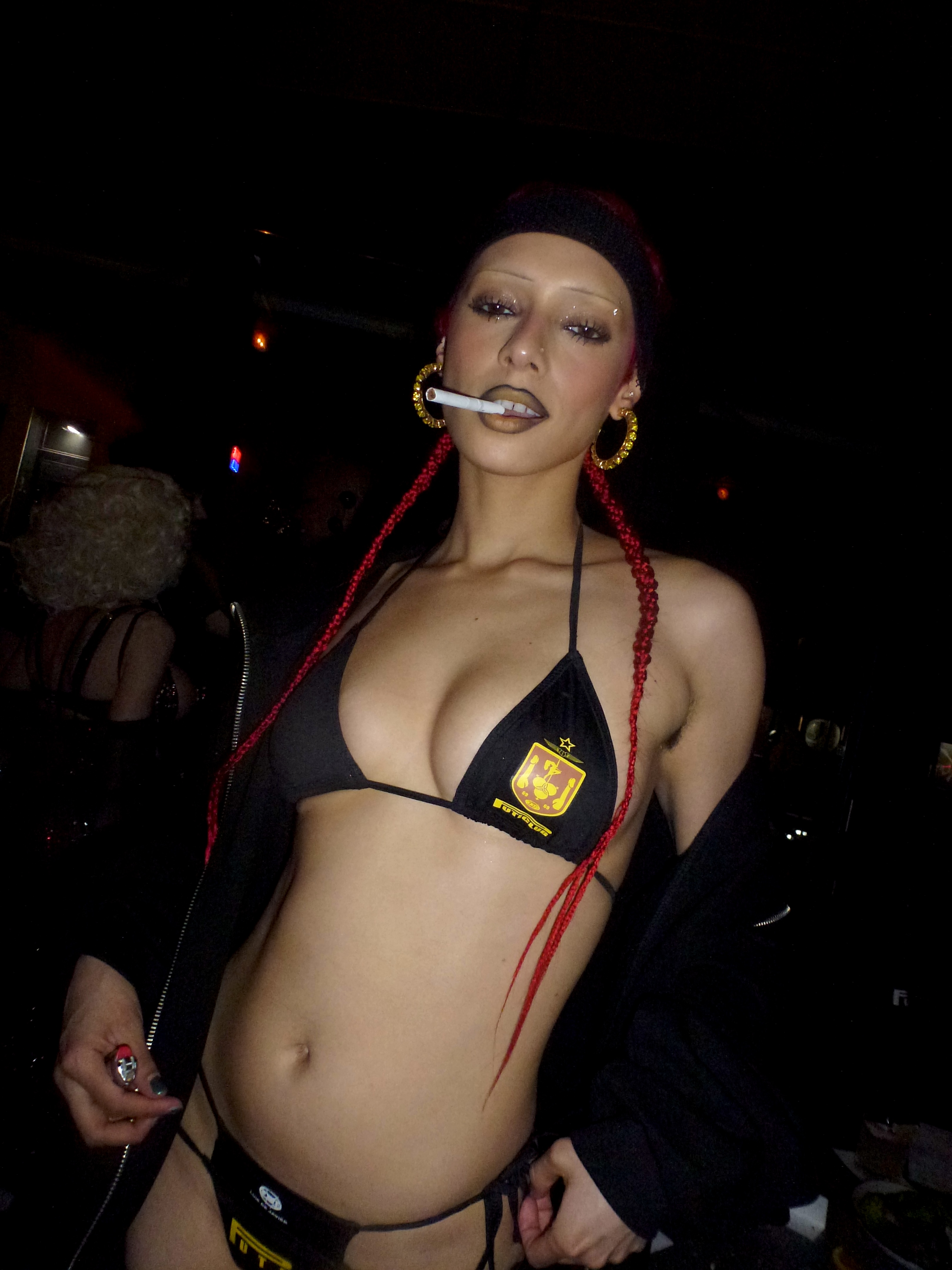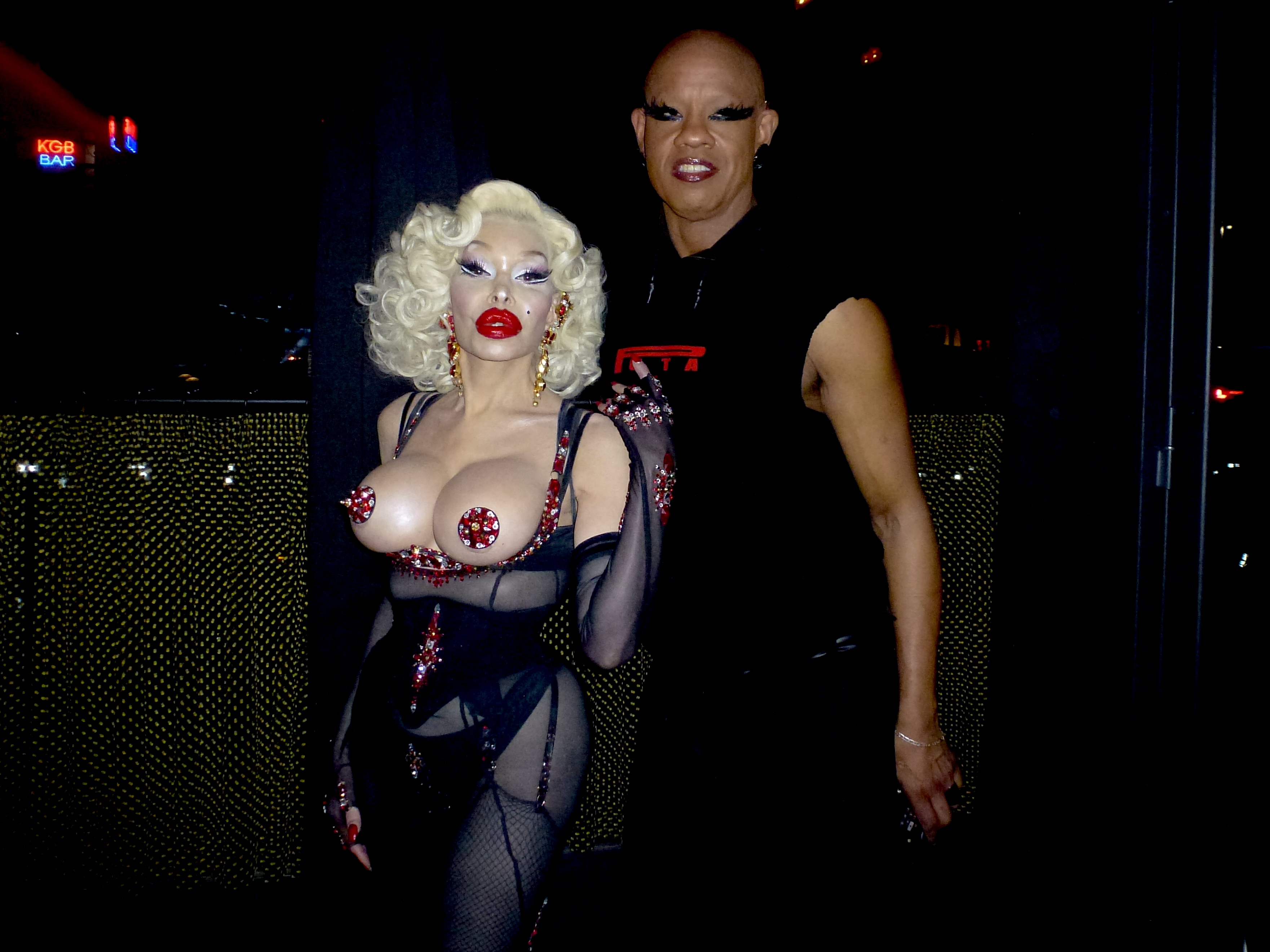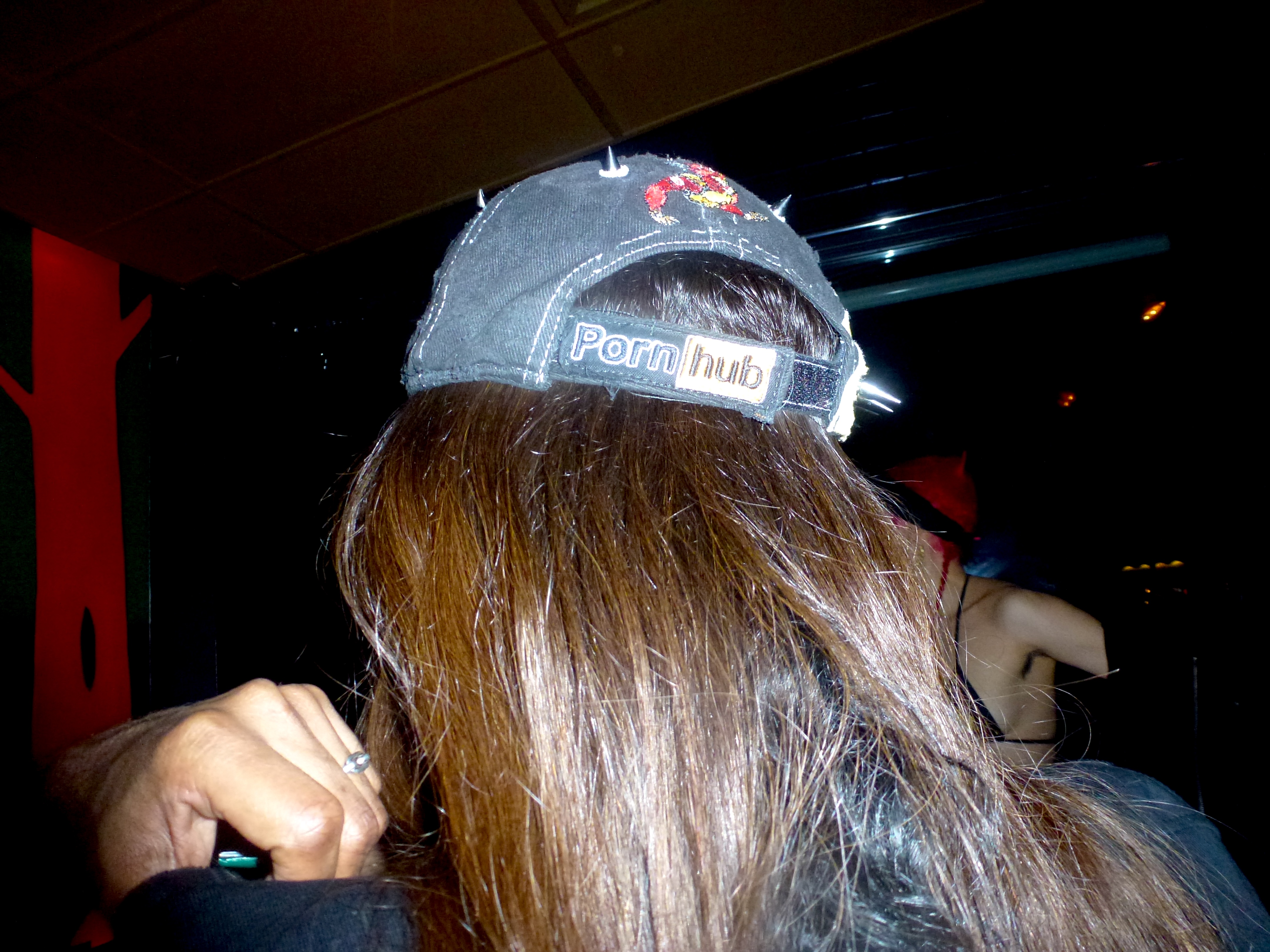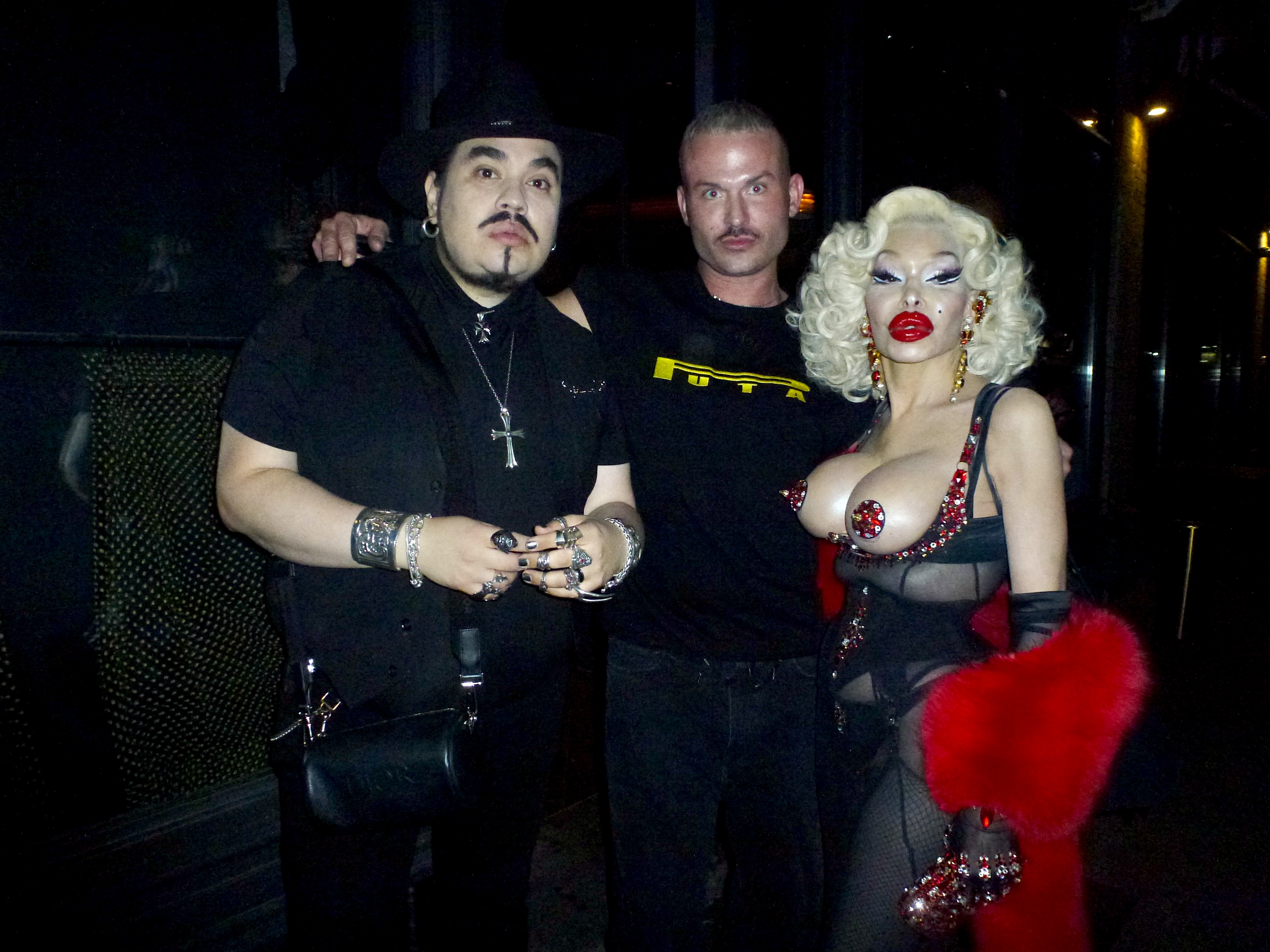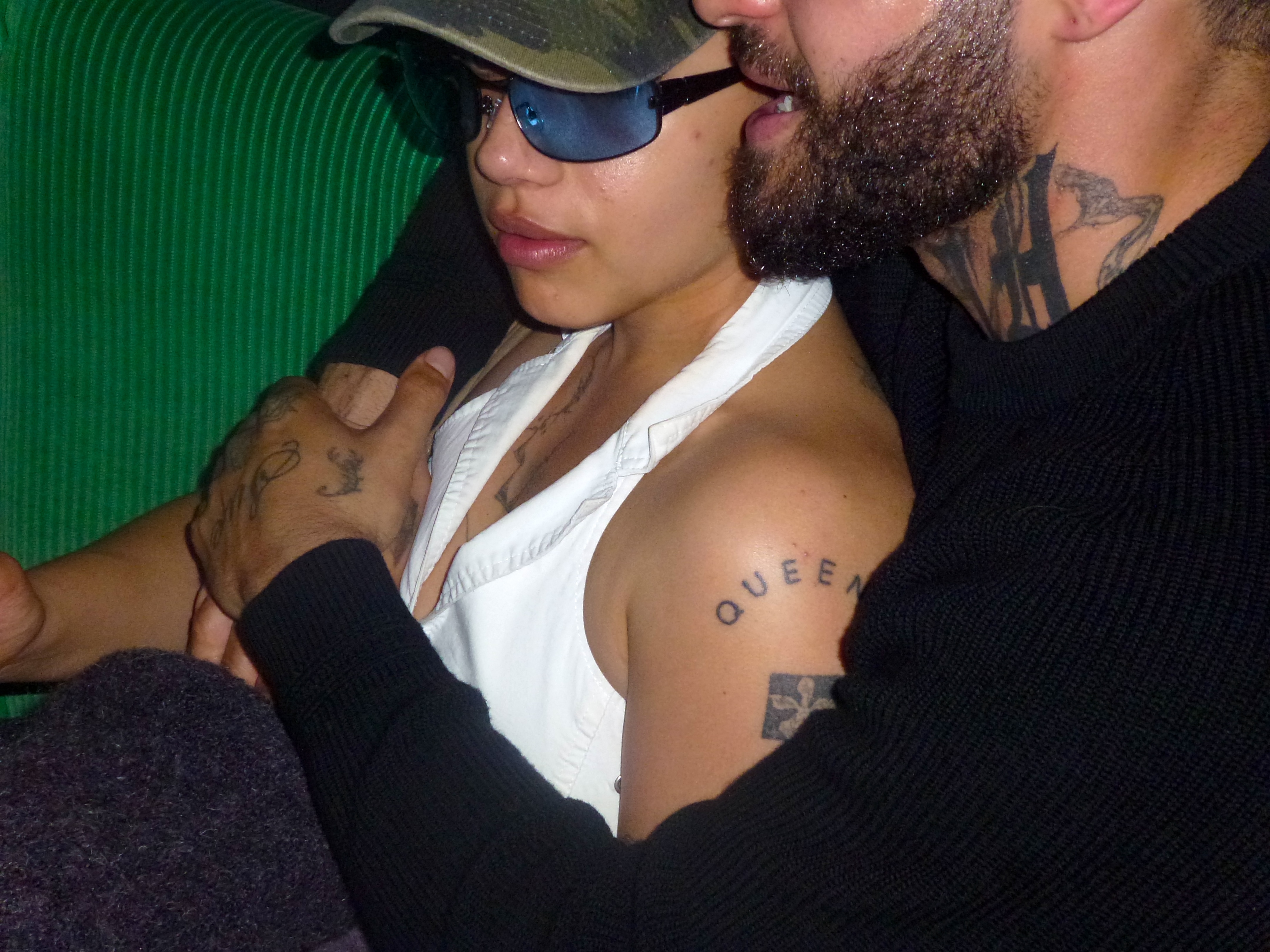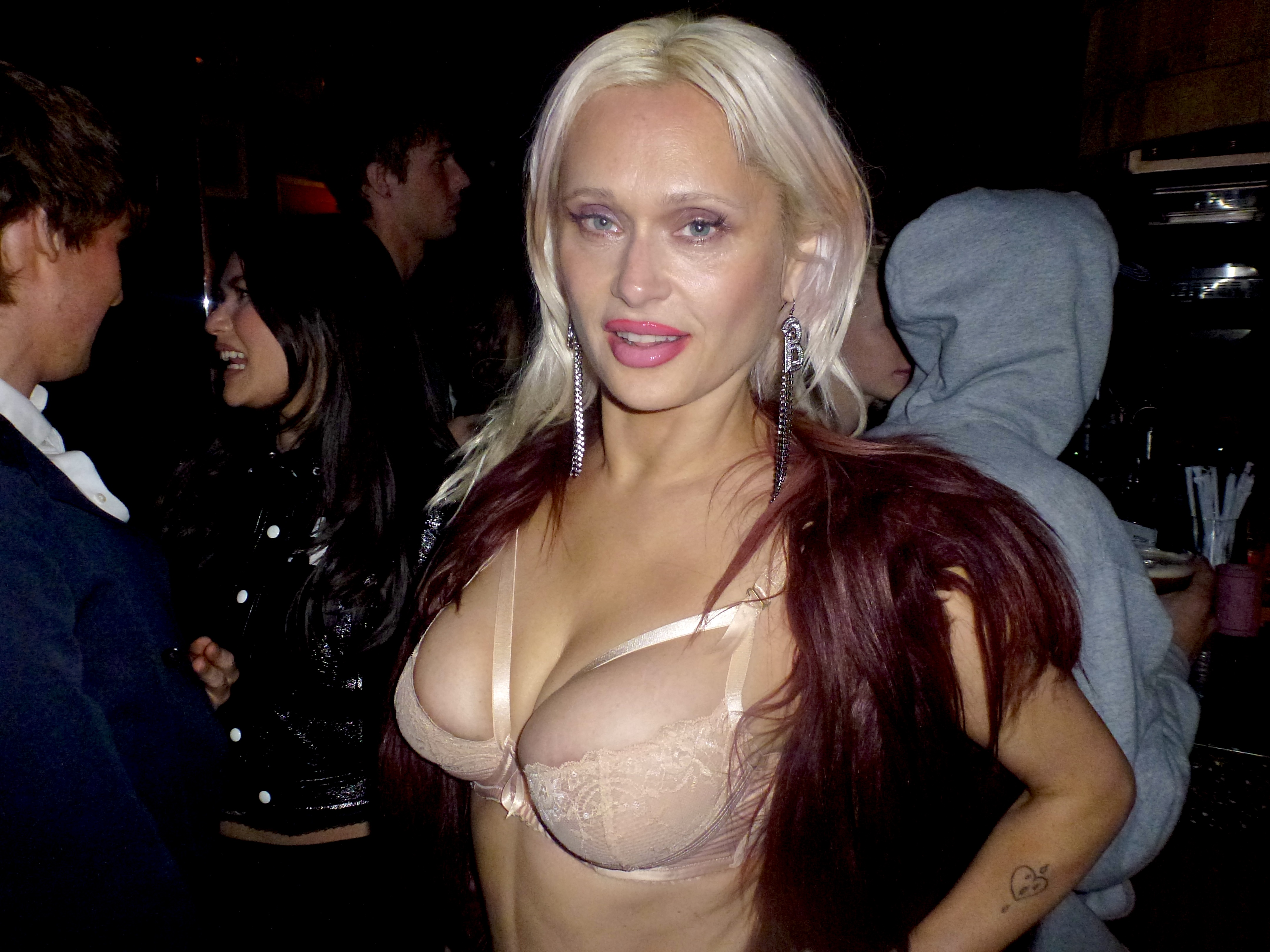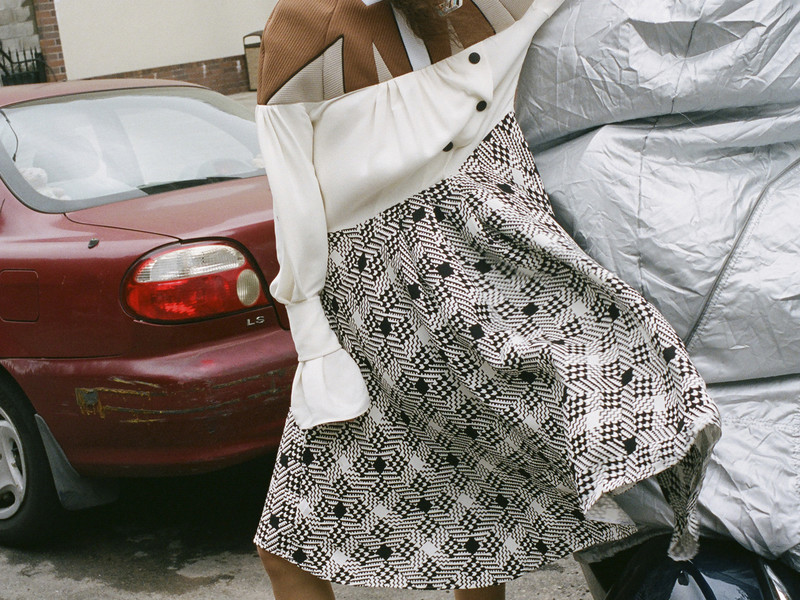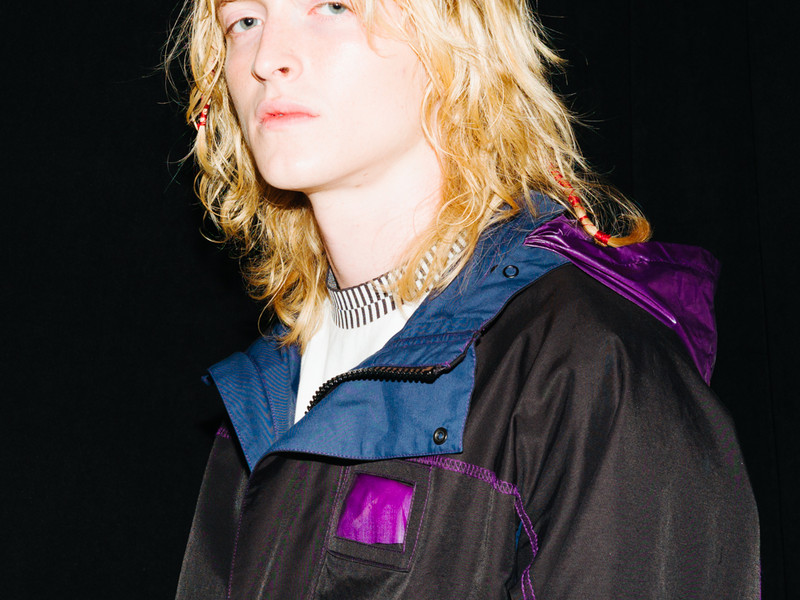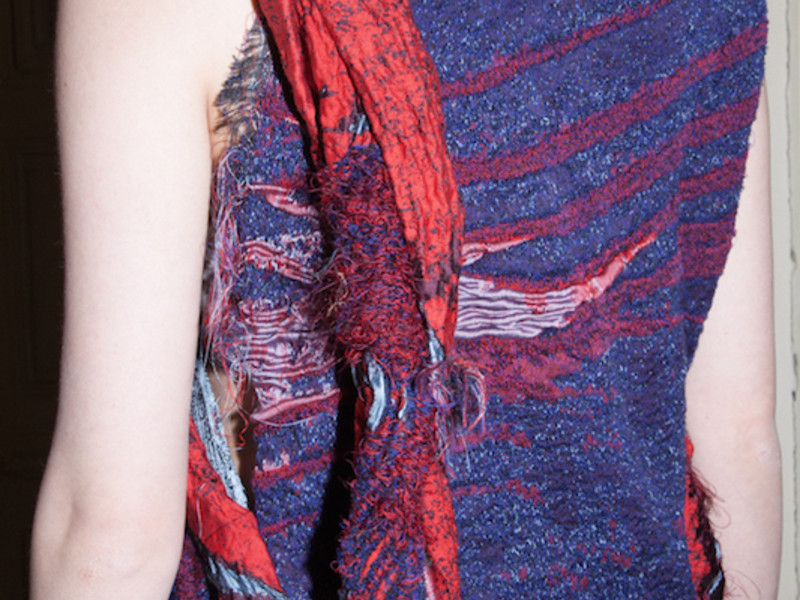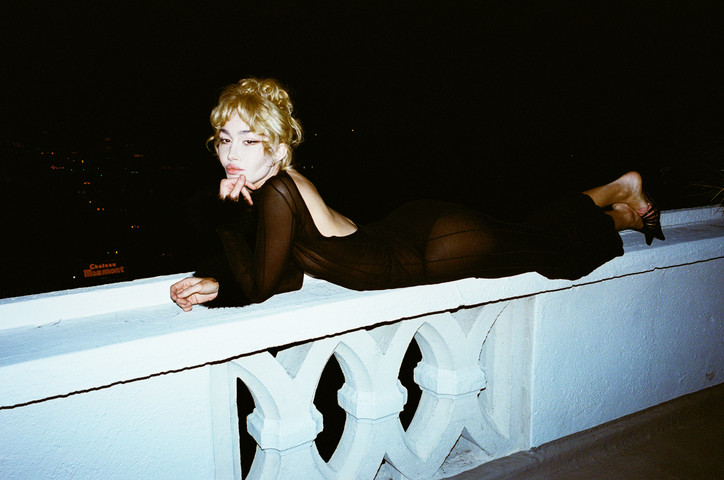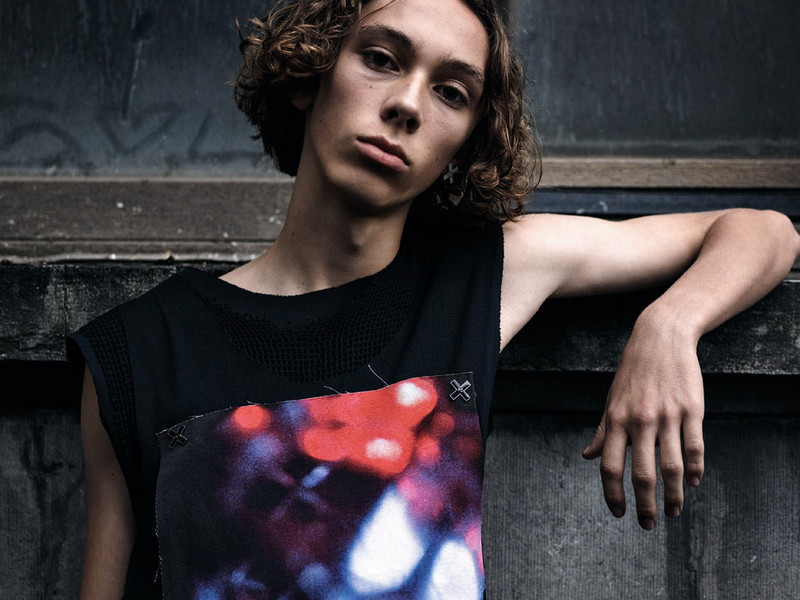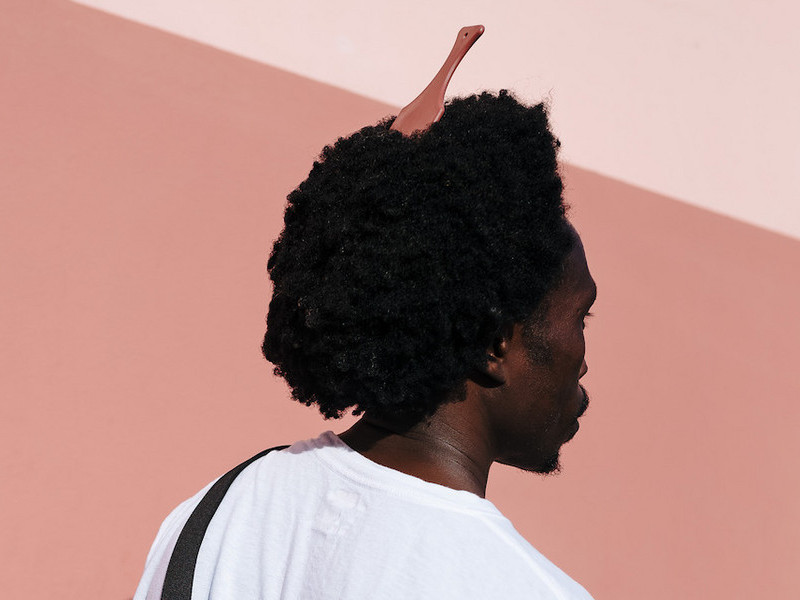Sweet Dreams Are Made Of Room Shop
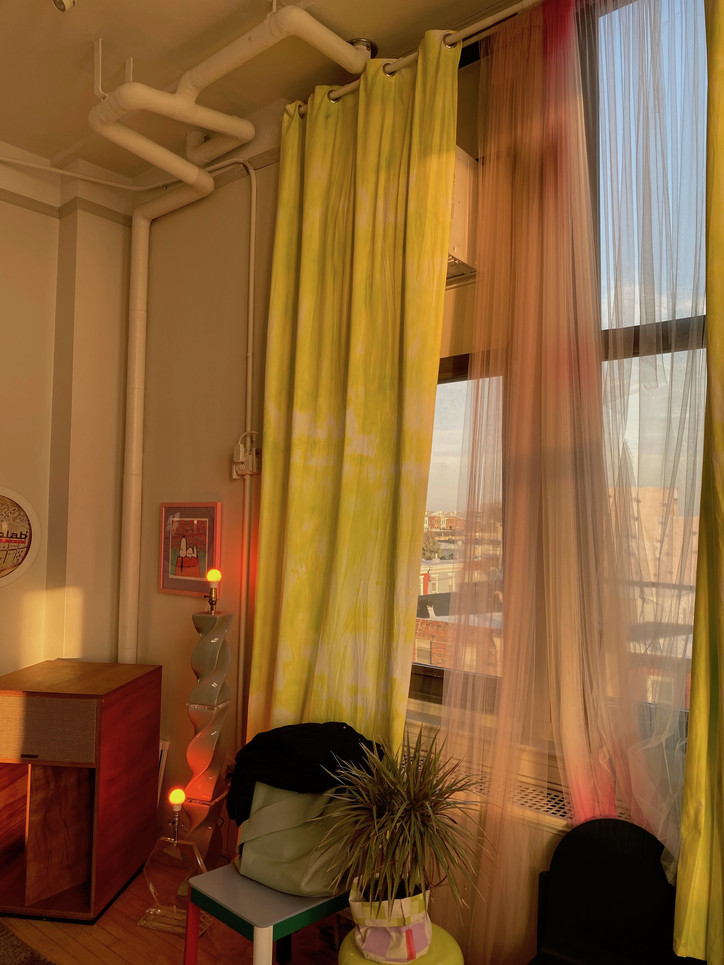
Just as the sun began to set on Philadelphia and a warm glow saturated the spacious showroom, office had the opportunity to sit down with co-founder Shelly Horst to discuss the inner workings of one of the city's hidden gems.
So you guys shifted from a retail environment. What did you notice was the biggest difference in shifting from retail to something more creative? Do you feel that you both thrive more in this environment?
So our background is actually working for a large retailer, but we were both in creative positions, just within an organization. Dryw's background is in music and that involved a lot of creative direction and events. My background started out in visual merchandising — in-store visual merchandising, and then I transitioned and did some buying, and then I was on the trend forecasting team. So you can see how all of those come together with what we do with Room Shop.
I think that's what sets the space apart; it's not just what you see here, but you're doing so much more. How is it working together as a husband and wife duo? Do you think you both have similar creative processes or differences that actually balance out?
Both. It's been really interesting, especially through the pandemic, because it really was just us two. I think we found a good groove. We both have different strengths and Dryw oversees a lot of the financial aspects. He's a Virgo so he's meticulous with that kind of thing. We're both creative in different ways too. I'm very product-focused with my creativity, you know, color, assortment, design. I do the photography and art direction for styling as well. But in terms of the vibe of the studio and the interior design — that's Dryw. He designed that record cabinet. One day he was like, 'We need UV tie-dye curtains,' and I was like, 'I don't know...we'll figure that out.' He has really visionary ideas. He designed and worked with a builder to make the racks and the mirror — we collaborated with a Philadelphia artist and builder to execute that.
You said he's a Virgo — what's your sign?
I'm a Scorpio.
Me too!
I'm Scorpio, Leo, Leo. And I think that, especially with business, I project as a Leo. I'm introverted and I get energy from being by myself. But when it comes to the business, I can turn it on and act as an extrovert.
I get that completely. I know that you guys do small batch production, at least with the things that you make. Why is that something that you guys decided to implement?
Well, we started out just selling vintage apparel and accessories. From an energy and sustainability aspect, that was really hard because you spend all of this time on this one vintage piece — cleaning, shooting, fixing, selling, listing, measuring, and shipping. Vintage will always be a part of what we do, but from an energy standpoint, that became too much for me. So I was really looking to create a product that wasn't already on the market. And the giant scrunchies were sort of the kickoff of that. I started seeing hair accessories trending and I hadn't seen anyone do the biggest scrunchie. I was like, 'I'm going to make a huge scrunchie; we'll see what happens.' I made one out of the organza fabric and it was like — wow.
And I was going to follow up with that because obviously I saw the giant scrunchies — they're everywhere. That's the original thing that I saw that brought me to you.
That was the original thing about three years ago. We had just moved into this space; it was around this time and I wanted something for Small Business Saturday, for the holidays. When we started out, we were making everything in studio, and when that became difficult to do all on our own, we found local production. So we have a factory that we work with here in Philly.
That local aspect is great too.
Yeah. It's just across town. So I take fabric over there and take my designs and my patterns and they make a majority of what we sell. You know, there are still things that we make in studio. But it's nice because we can pivot really quickly. I can take something in and make 10 of them and see how people respond to it. And if it doesn't catch, then I've only made 10 — or if it does, I can react to that.
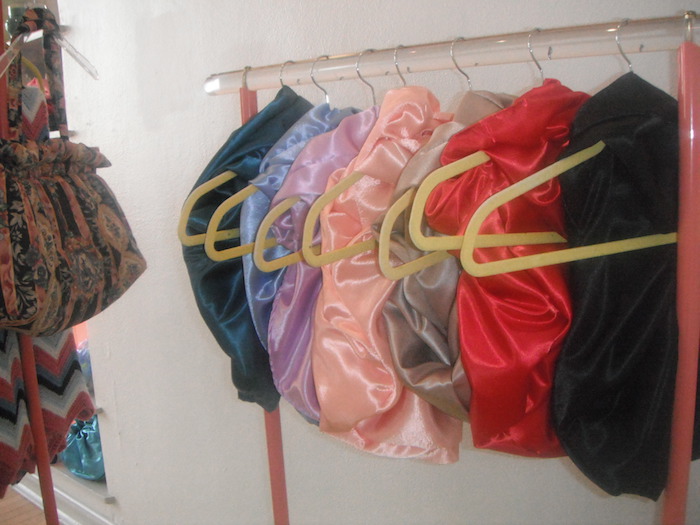
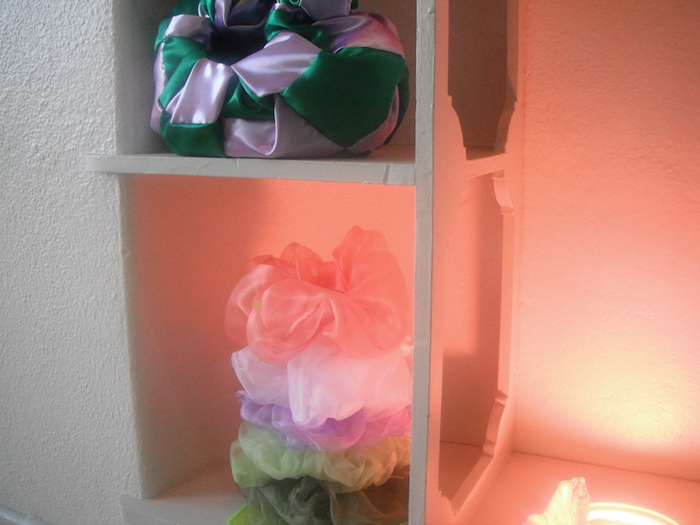
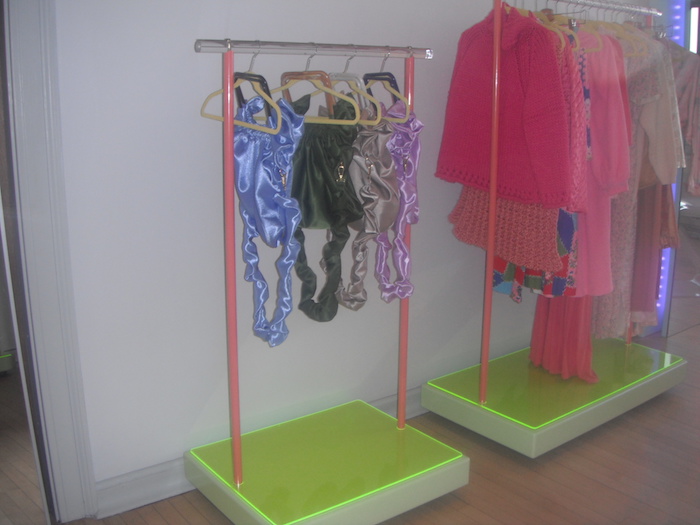
I think that's a really smart way to produce things too — that consumer-driven way — because you're always getting their feedback. So you know, you're doing what they want, but you're not wasting as much, which is something that's also super valuable.
Just on that note too, with the bags that we make, the off-cut of the pattern — which is this kind of awkward shape that was too much wasted fabric. But, the fact that our factory is there and I'm seeing this, I was able to go, 'Oh, well I want to make a patchwork bag anyway; let's take all of those excess off-cuts and use them.'
It allows you to be more involved too, which is the big issue with a lot of mass-producing brands or companies — that disconnect. They're not there overseeing, so you can't really interfere.
It cuts down on the carbon footprint too because we're not shipping everything all over the place just to get it made.
Yeah, exactly. I want to talk more about the giant scrunchies — I had never seen anything like that before; did you have any specific inspiration for those?
It really did stem from wanting to have something that I could sell multiple of. But also, my trend forecasting background and seeing things start to trend. When I was in high school, my sister made me a scrunchie. I was trying out for the cheerleading team — I did not make it. But my sister was being sweet and supportive. It was super cute. So in my head, I was like, 'Well Susan made a scrunchie. I'm sure I could do it.' I watched a couple of YouTube videos and saw different ways to do it. I came into the studio and laid this fabric out. We had a bunch of fabric that we had been using as a backdrop, so I laid it out and I used the floorboards to measure. And they just turned out really cool. It was nice because we were the first ones to really do that. A lot of people are doing it now, but it was great having that confidence of knowing that I can come up with an idea and execute it. It gave me more confidence to be like, 'Hmm, I want to design a bag.' I'm obsessed with handbags and I've always wanted to make my own bags. So I started thinking, 'What does a Room Shop bag look like?' That's been really fun to explore too.
I've seen the bounce bags — so is that kind of the follow-up to the big scrunchies then?
Yeah, so we made the tiny bags with scrunchie handles and the baguette bag, which is the bigger scrunchie, and then the bounce bag. They're taking the same sort of idea of a giant scrunchie, but turning it into a bag — and they've had a great response.
So you went from scrunchies to bags — do you have anything else you want to make?
We made a few different pieces of apparel, actually, before we went into bags. We did a few tops and jackets and then I did dresses in the summer — I actually have some right here. That was harder from a sustainability standpoint though and being able to predict sizing. I've explored a lot of different things but my background is stronger in accessories and I love that they're not tendered or sized for the most part. So it does make it a little bit easier to make those quick pivots. With apparel, if I launched this, there are so many things you need to factor in and you want to make sure that you're being super inclusive. It's not to say that I'm not going to do apparel again or go back into it, but right now I'm just taking a break.
I know for the scrunchies, that was kind of more of a spur of the moment thing. But when you're showing me these pieces here they remind me of Alice in Wonderland; they're very whimsical. What goes into the pieces that you pick or when you're mapping out a design, are there any historical eras in fashion that you pull from specifically? Or maybe a movie, or anything that inspires you to pick the things that you do?
I definitely go back to fictional characters from books that I read during my childhood, like Anne of Green Gables. There's a 'prairie' aspect to the pieces I choose too — kind of these moments of modesty almost. But when we're producing and designing something new, it has to be whimsical. It has to be something that is special and something that is a statement. We're not here for minimalism. That's not what Room Shop is.
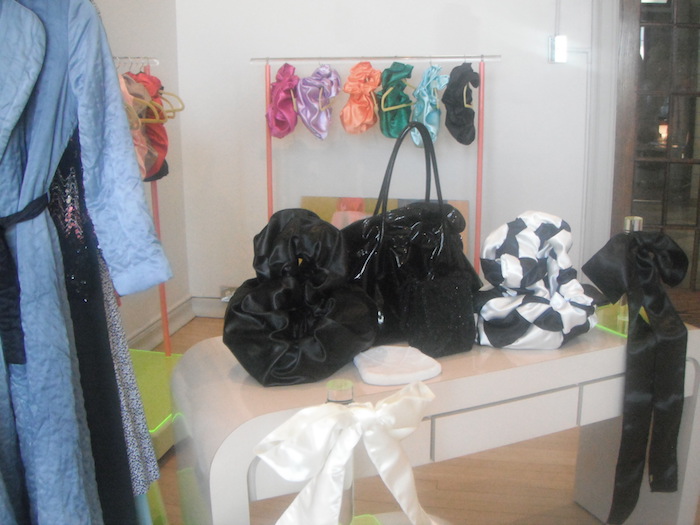
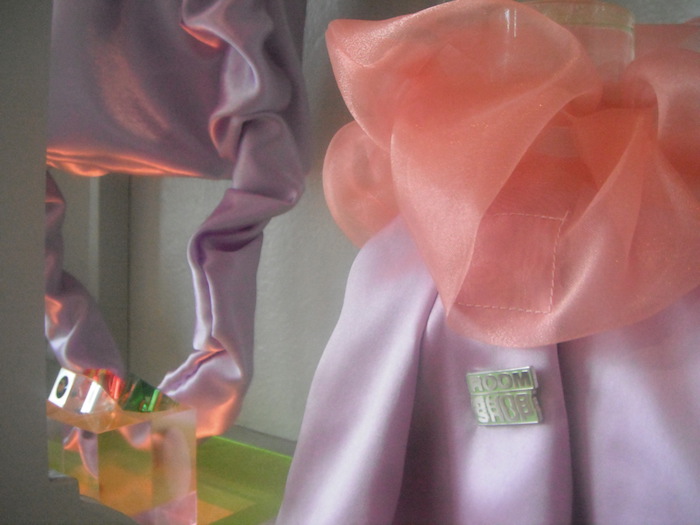
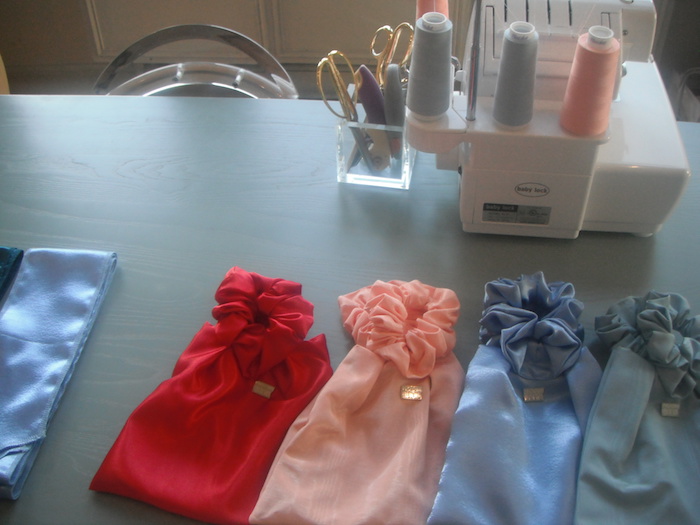
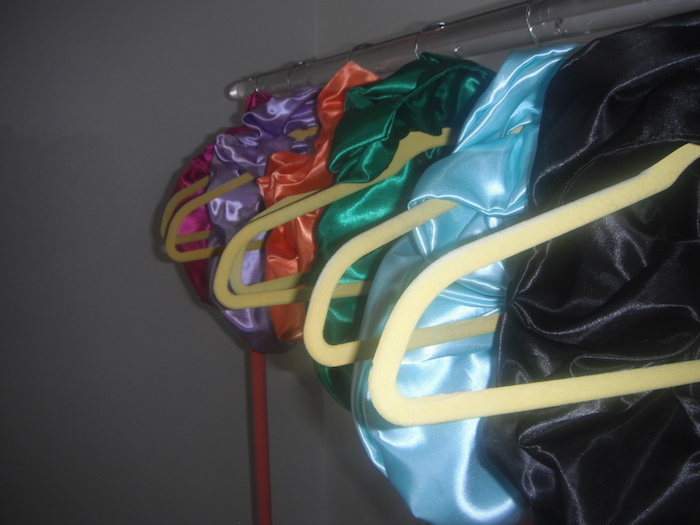
I'm the same way. I have that issue in my closet, I open it and I'm like, 'What? How do I put this stuff together?'
I totally feel that too. I've had to work really hard to build the other part of my personal wardrobe and balance it out. Levi's, basic tees, you know — and then add in those statement pieces to really shine. But the other side of that coin is there are so many inspirational people right now, in terms of influencers and personal styling, where it's all maximalism.
Yeah, I feel like it's extremes on either end because — one person I always see people praising for their style is Hailey Bieber, and hers is very minimalist. But then you also see people mixing patterns now and all that.
Yeah definitely. Some I can think of are Kristen Bateman, Tiny Jewish Girl on TikTok — it's just all of the things. And it's so fun and so just for their own joy and I love that — I love that it's not for the male gaze at all.
I definitely agree. And I think a lot of that now too, is that there's a little bit less of a fear of things, especially in cities. No one really cares anymore. Especially after COVID.
That's exactly what I was going to say. Pre-COVID, I feel like we were so worried about what everyone thought and wanted to just fit in or whatever. The world seems to be falling apart around us with COVID, and with everything happening with the government, and everything else. So if not now, then when? We can just be and wear whatever we want, whatever makes us happy.
We spoke about all the different things you guys have done in the past and your areas of expertise, so what is your favorite project that you have worked on to date?
I mean, I feel like Room Shop is a constant, new project every single day. So I would say a general umbrella is Room Shop. Before this, I worked in corporate America and had trouble with that structure. Being at a desk and having a boss was really hard for me. So being able to be here and choose my own adventure, but, of course, there are lots of business-related things I still have to do. I have to be responsible with how we deal with customers and I want to be super prompt with our shipping and all those things. I mean, the two of us, we do all of it. But my favorite days are the ones that I come in and I'm like, 'I'm just gonna come up with stuff.' And then I can take a photo of it, put it on our story, and find out if people want it.
Which is also just the power of social media, especially after the pandemic and finding new ways to connect online. I think that totally helps, especially in this space where you're, like you said, creating things all the time and you want to gauge interest. Was that something that you did a lot of before; were you getting customer feedback?
Ironically? No, because I was sensitive about it. I was like, 'Oh, if I'm involving everyone all the time, then what is my own opinion?' So I was kind of hesitant and not super proactive about that until last year, but now I love it because I really see. And I've been surprised — I'll make up my mind about what I think people want and then find out that that's not necessarily true. And then that helps me be better and make better decisions. It's also not to say that I'm not going to do the things that I want to do. I'm still going to do those things that make me really happy, but I'll know I should probably make more of a certain colorway if people really love it.
I think this is such a distinctive space in Philadelphia. I grew up here and regular retail is regular retail. But this type of creative space feels very unique for this city. Was that the intention from the beginning — to bring something new — or did you feel like this was something that the city was missing?
We started out selling vintage from a back bedroom in our house — which is why it's called Room Shop. We both left our jobs and we were like, 'What's next?' We planned a road trip because we'd always wanted to take a cross-country road trip. And I thought, 'I'm just gonna thrift the whole time, and then when we get back, we'll do a cute party and I'll sell stuff and we'll just have friends over.' So that went really well. I loved that it gave me a chance to make a store out of our back bedroom. After that, we did a year-long pop-up at a store called Meadowsweet. We really thought that we were going to have a traditional retail space. But then as we started looking at two different locations and talking about what we needed it to be, two things became evident. One — that I needed a space I could create in and photograph in that had beautiful natural light. And then two — that I'm an introvert, and it would literally kill me to constantly run a store — we'd have to be closed half the time. I'd have to have an entire day to just stay in bed to recover. So we decided not to. Then one day Dryw said, 'The stuff they're doing over there at the Bok Building is really cool — maybe we should just look and see if there's a space or if they have anything that's right for us. And this is the first space they showed us. The space inspired us — just the energy in here has really guided a lot of what Room Shop has become.
